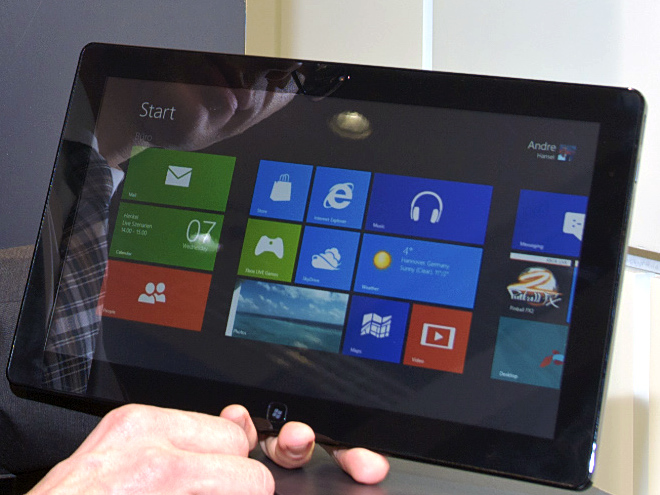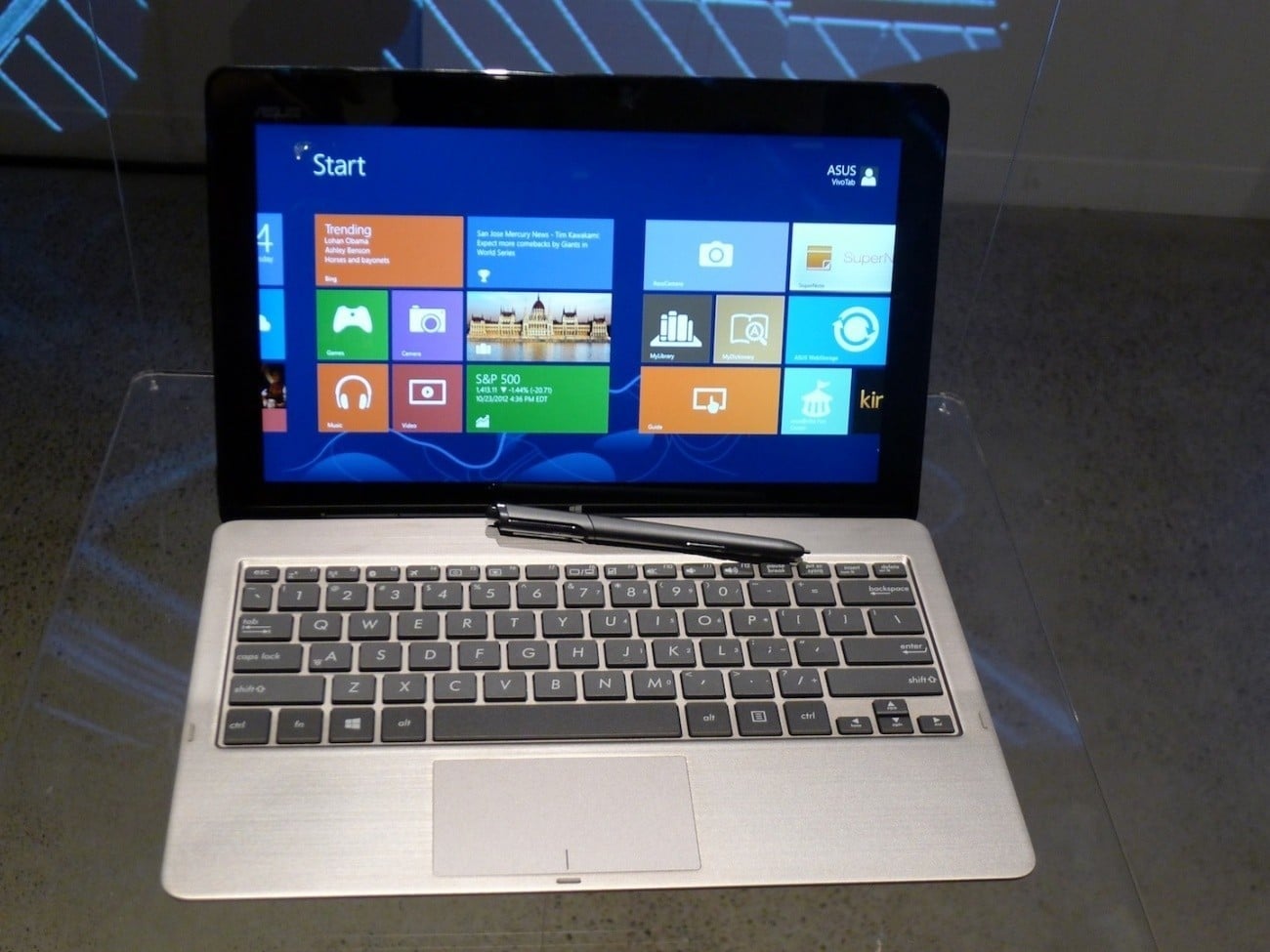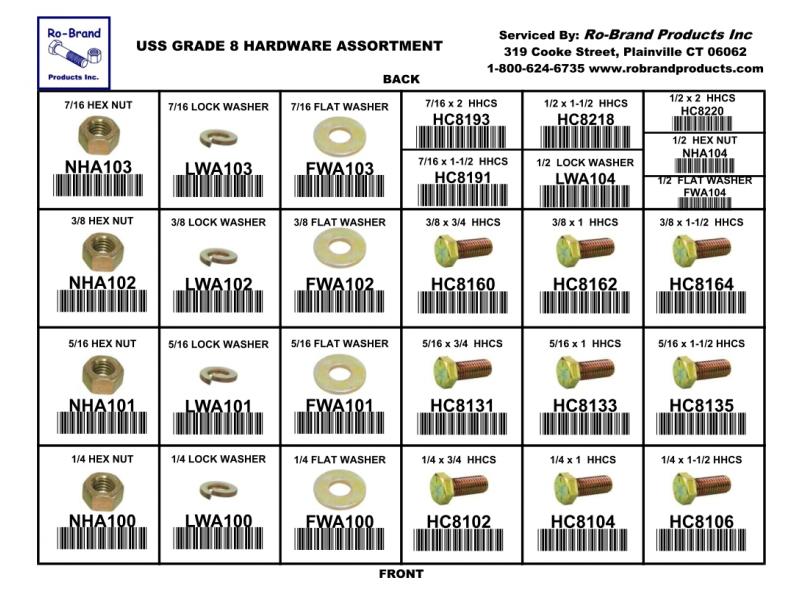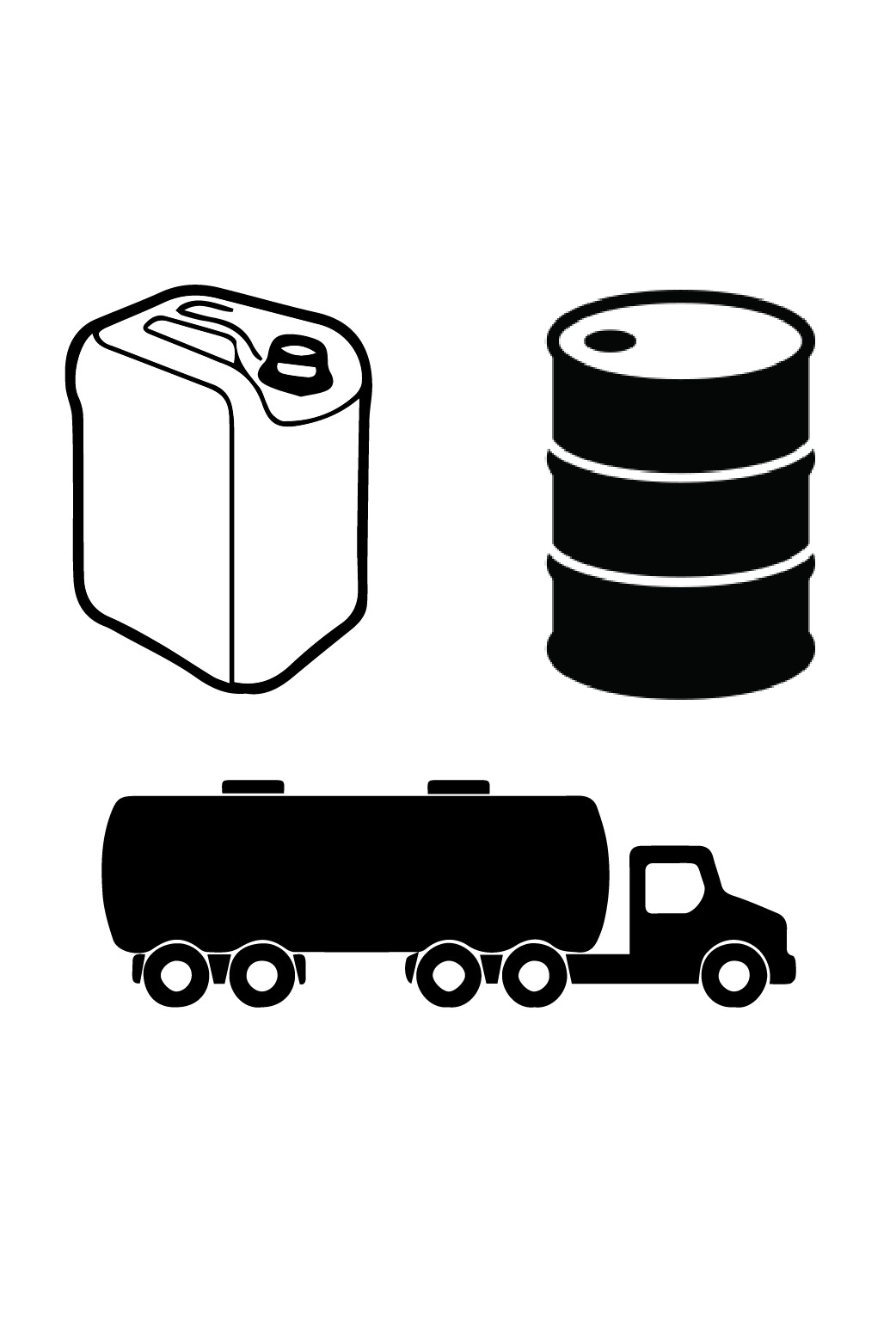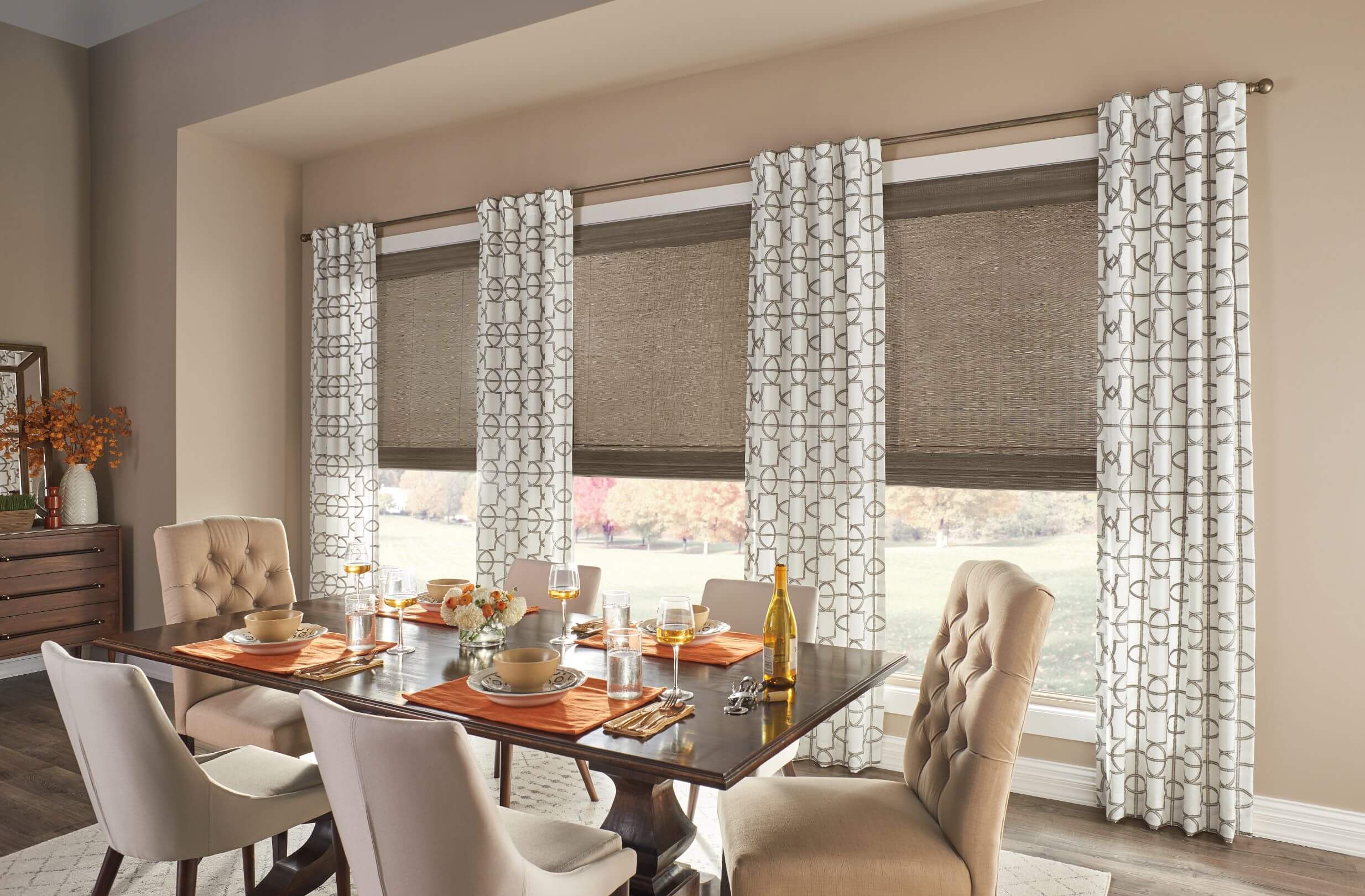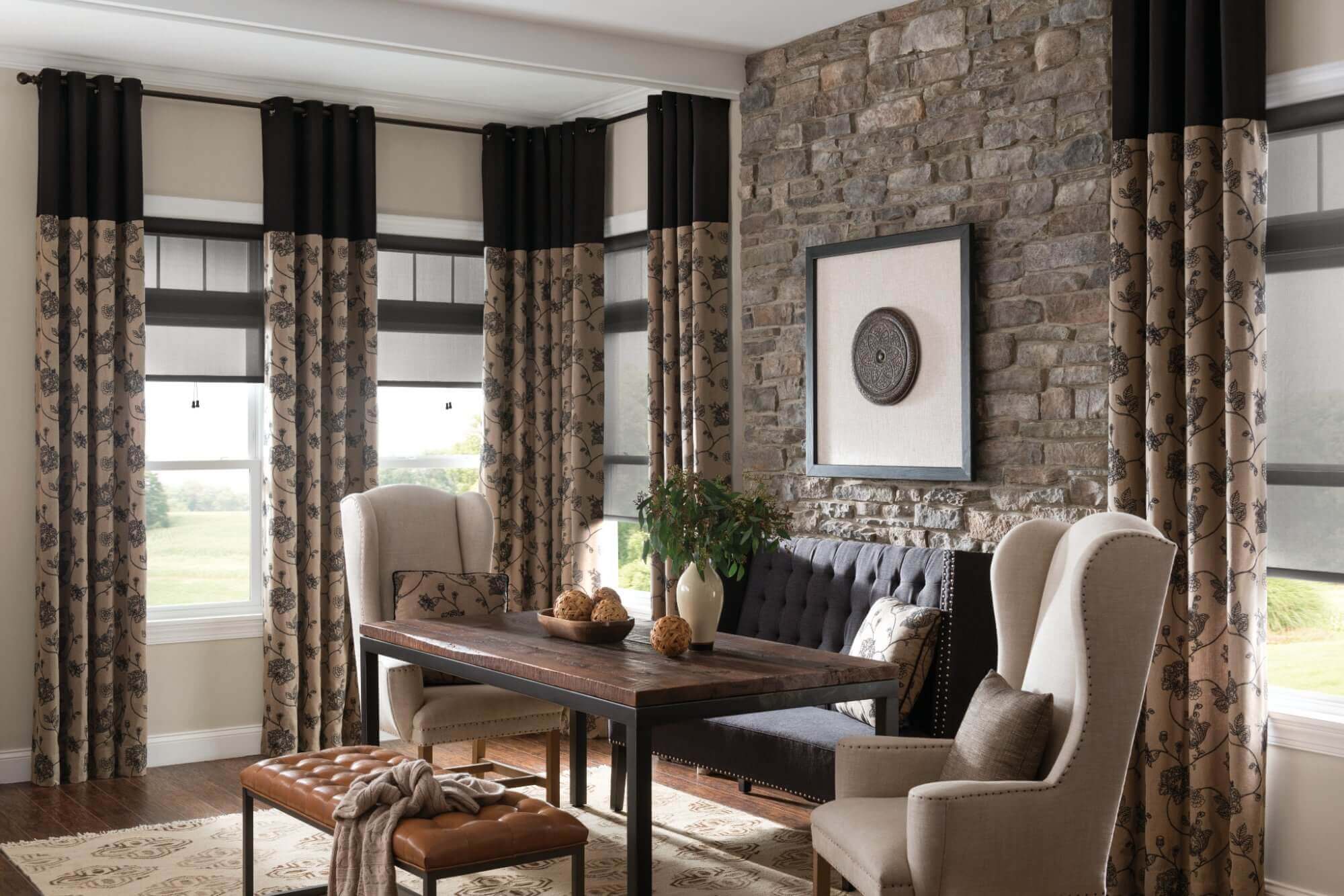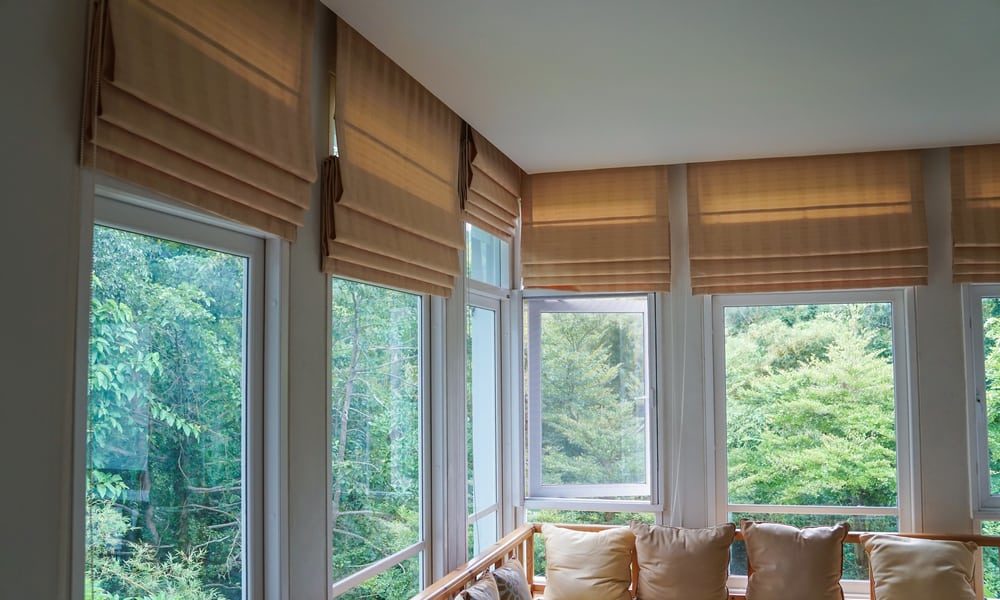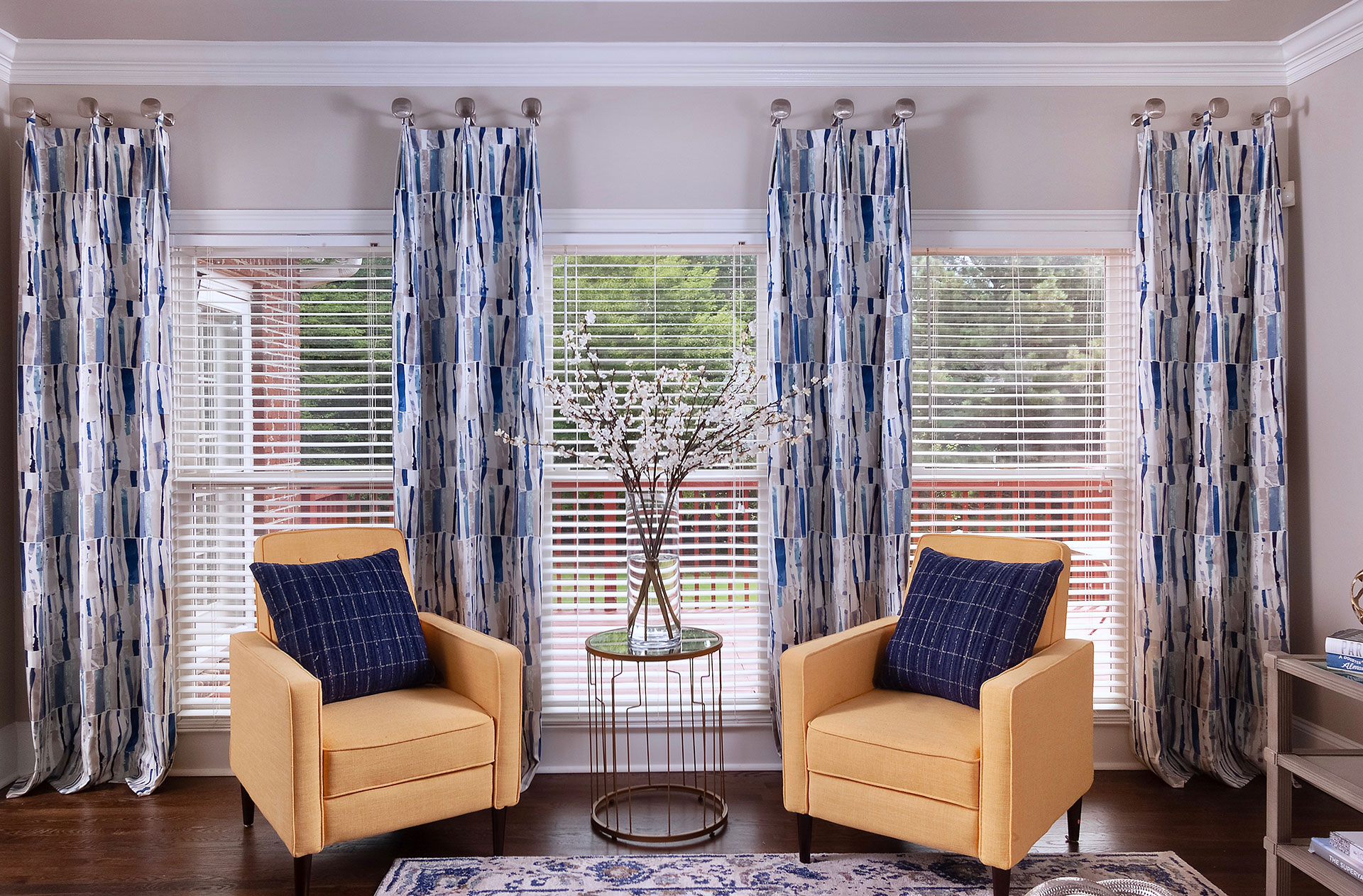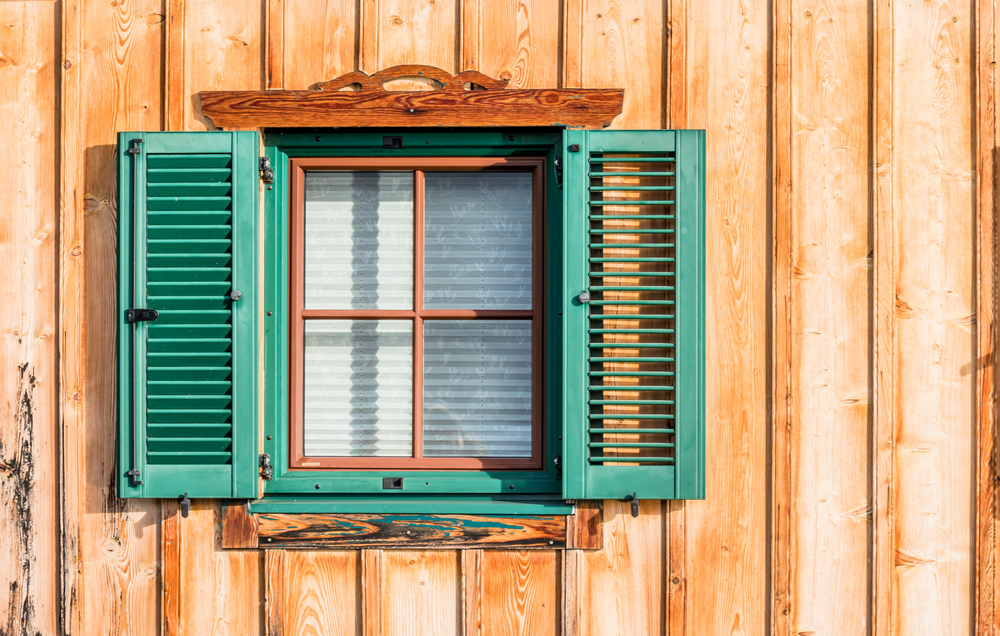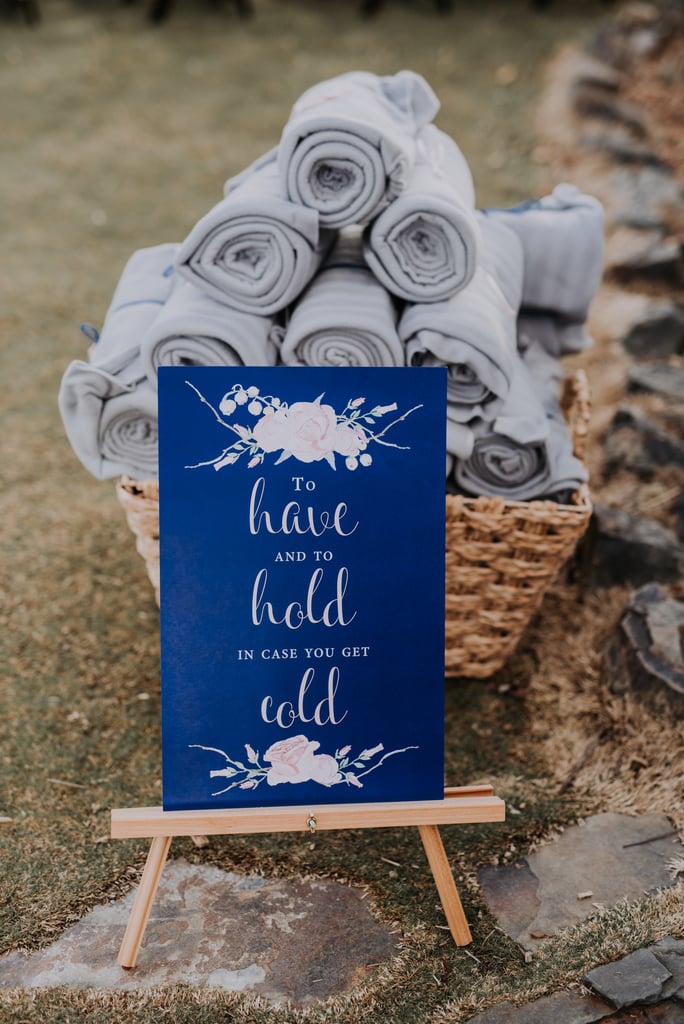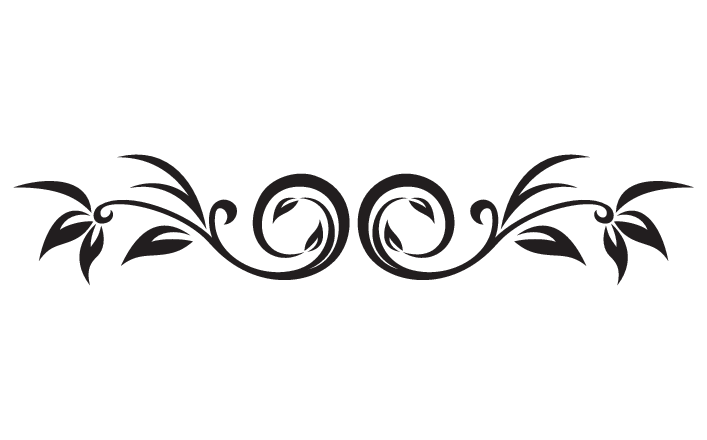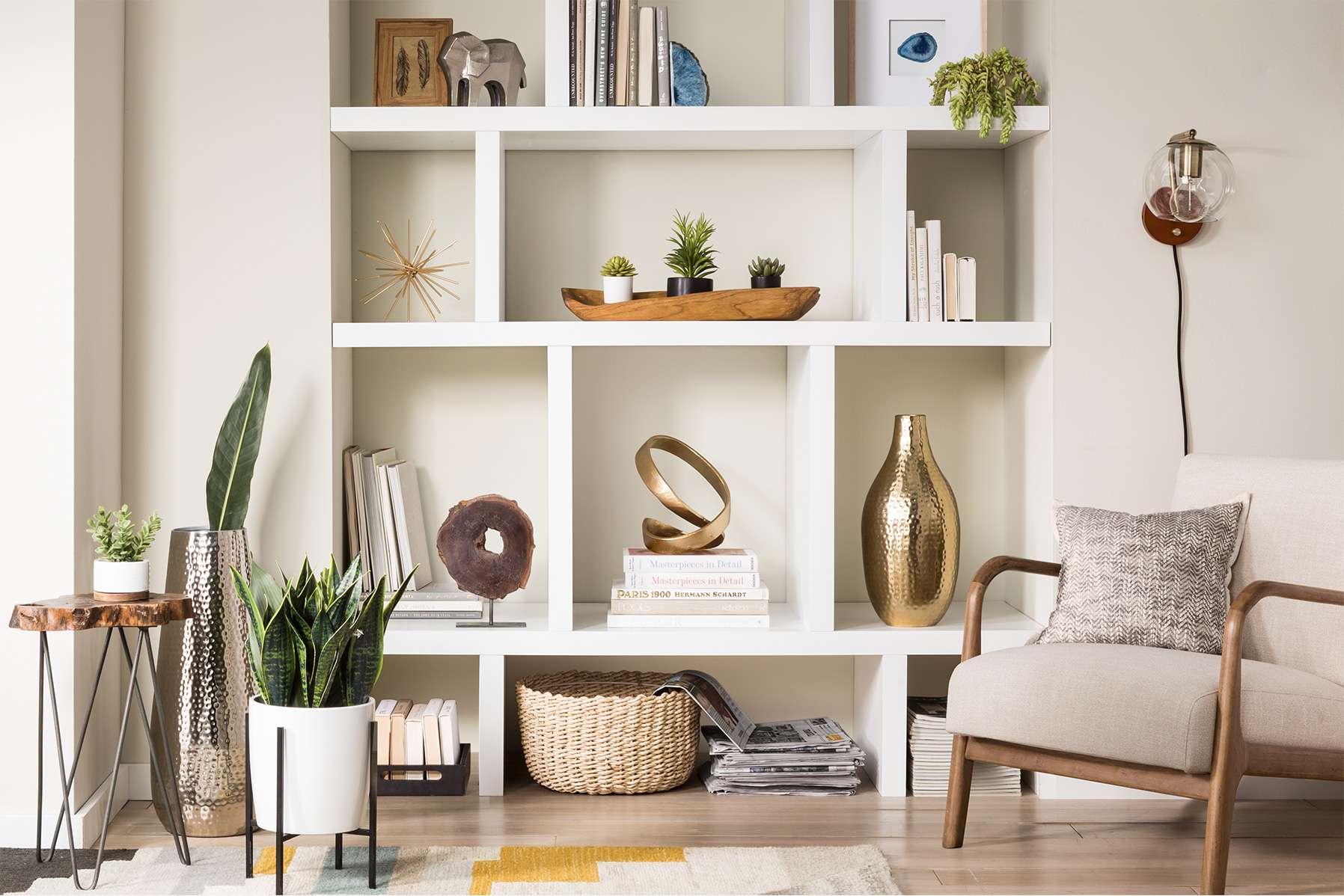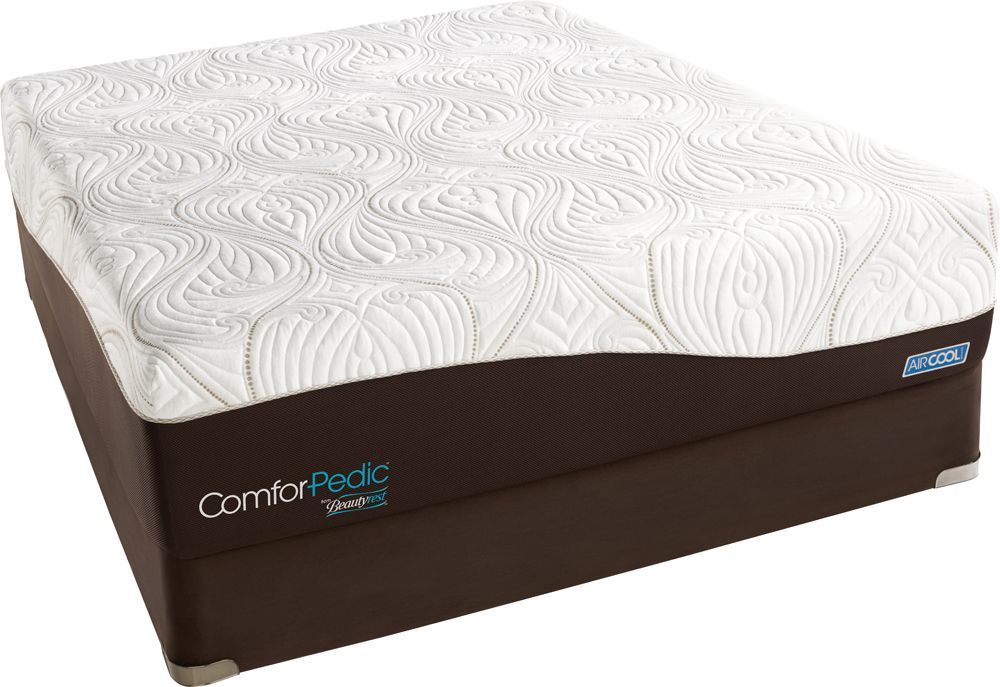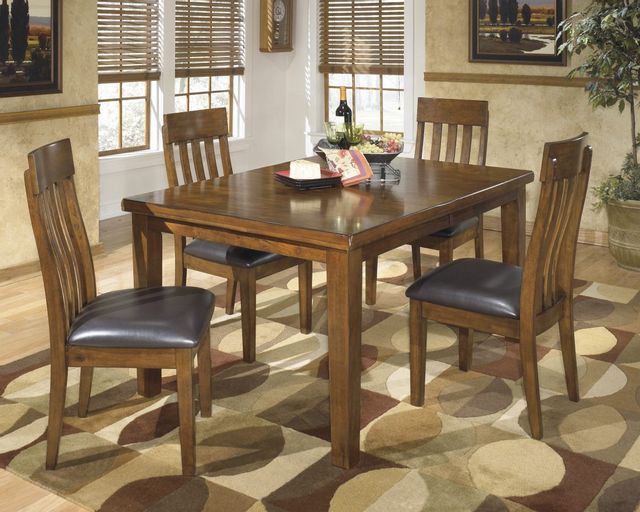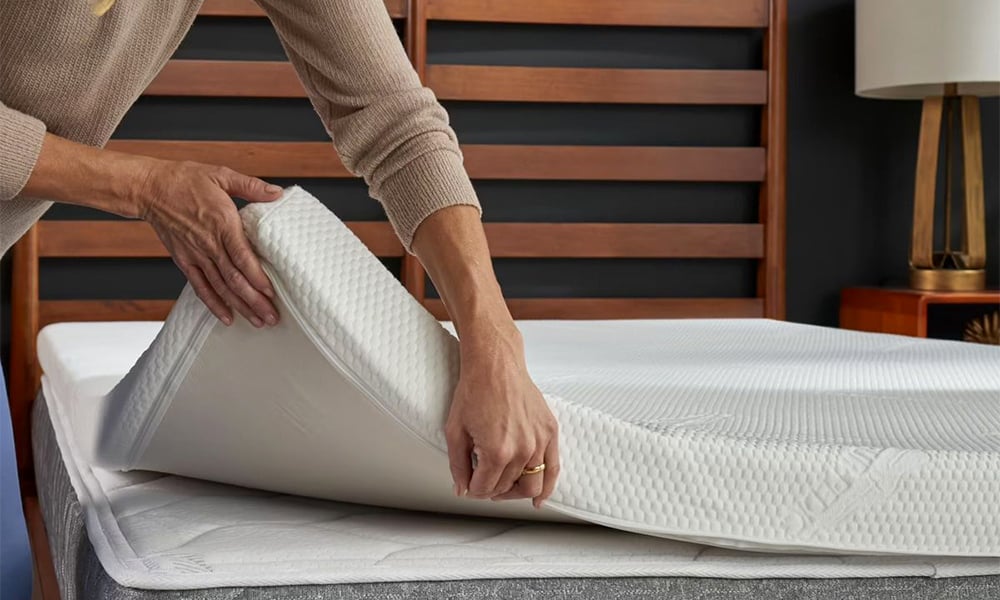The first and most essential element in any kitchen interior design is the kitchen cabinets. Not only do they provide essential storage space, but they also set the tone for the entire kitchen. When choosing kitchen cabinets, it is important to consider the material, style, and color. Some popular materials for kitchen cabinets include wood, laminate, and metal. For a modern and sleek look, consider opting for high gloss cabinets in a bold color, while for a more traditional feel, wooden cabinets in a classic design would be the perfect choice.1. Kitchen Cabinets
The kitchen countertops are another crucial element in any kitchen interior design. They not only serve as a workspace for meal preparation but also add aesthetic value to the kitchen. Popular materials for countertops include granite, marble, quartz, and laminate. When choosing a countertop, consider the durability, maintenance, and color. For a more luxurious feel, opt for a marble or granite countertop, while for a budget-friendly option, laminate would be a great choice.2. Countertops
A backsplash is a protective and decorative element that is placed behind the countertop and stove. It serves as a focal point in the kitchen and can add a pop of color and personality to the space. Some popular materials for kitchen backsplashes include ceramic tiles, glass, and natural stone. When selecting a backsplash, consider the color scheme of the kitchen and choose a material and design that complements it.3. Backsplash
The kitchen flooring is another important aspect to consider when designing your kitchen. It should be durable, easy to clean, and visually appealing. Popular options for kitchen flooring include tile, hardwood, and laminate. For a more modern look, consider large format tiles in a neutral color, while a classic hardwood floor would add warmth and charm to the kitchen.4. Flooring
The right lighting can make a significant impact on the overall look and feel of your kitchen. It is important to have a mix of task, ambient, and accent lighting in the kitchen. Task lighting is essential for meal preparation, while ambient lighting creates a warm and inviting atmosphere. Accent lighting can be used to highlight certain design elements in the kitchen. Consider using energy-efficient LED lights for a modern and eco-friendly approach.5. Lighting
Kitchen appliances not only serve a functional purpose but also add to the aesthetic appeal of the space. When selecting appliances, consider the size, style, and color. Stainless steel appliances are a popular choice for a sleek and modern look, while white or black appliances can add a classic touch to the kitchen. Make sure to choose appliances that fit your cooking needs and budget.6. Appliances
The color of your kitchen walls can make a big impact on the overall design. It is important to choose a color that complements the other elements in the kitchen. For a cohesive look, consider using the same color family as your cabinets and countertops. Bold and bright colors can add a pop of personality, while neutral and muted tones create a calming and timeless feel.7. Paint
Hardware, such as cabinet handles and knobs, may seem like a small detail, but it can make a big impact on the overall look of your kitchen. Consider the style and finish of your hardware and choose options that complement the other elements in the kitchen. For a modern and sleek look, opt for brushed nickel or chrome hardware, while oil-rubbed bronze or antique finishes can add a touch of elegance to the space.8. Hardware
Window treatments not only add privacy and control natural light in the kitchen but also serve as a decorative element. When selecting window treatments, consider the style and color of your kitchen and choose options that complement it. For a modern and clean look, consider using simple and sleek blinds or shades, while patterned curtains can add a pop of color and personality to the space.9. Window Treatments
Lastly, don't forget to add some decorative accents to your kitchen to truly make it your own. These can include items such as wall art, vases, plants, and decorative bowls. Choose items that reflect your personal style and add a touch of warmth and personality to the space. Just be careful not to overcrowd the kitchen with too many accents, as it can make the space feel cluttered. In conclusion, the materials used in your kitchen interior design play a crucial role in creating a functional, beautiful, and cohesive space. Consider the overall style and color scheme you want to achieve and choose materials that complement and enhance it. With the right materials, your kitchen will become a space that you and your family will love spending time in.10. Decorative Accents
The Importance of Choosing the Right Materials for Kitchen Interior Design
 When it comes to designing your kitchen, choosing the right materials is crucial in creating a functional and visually appealing space. The materials you choose can greatly affect the overall look and feel of your kitchen, as well as its durability and maintenance. In this article, we will discuss the different types of materials commonly used in kitchen interior design and their pros and cons.
When it comes to designing your kitchen, choosing the right materials is crucial in creating a functional and visually appealing space. The materials you choose can greatly affect the overall look and feel of your kitchen, as well as its durability and maintenance. In this article, we will discuss the different types of materials commonly used in kitchen interior design and their pros and cons.
Wood
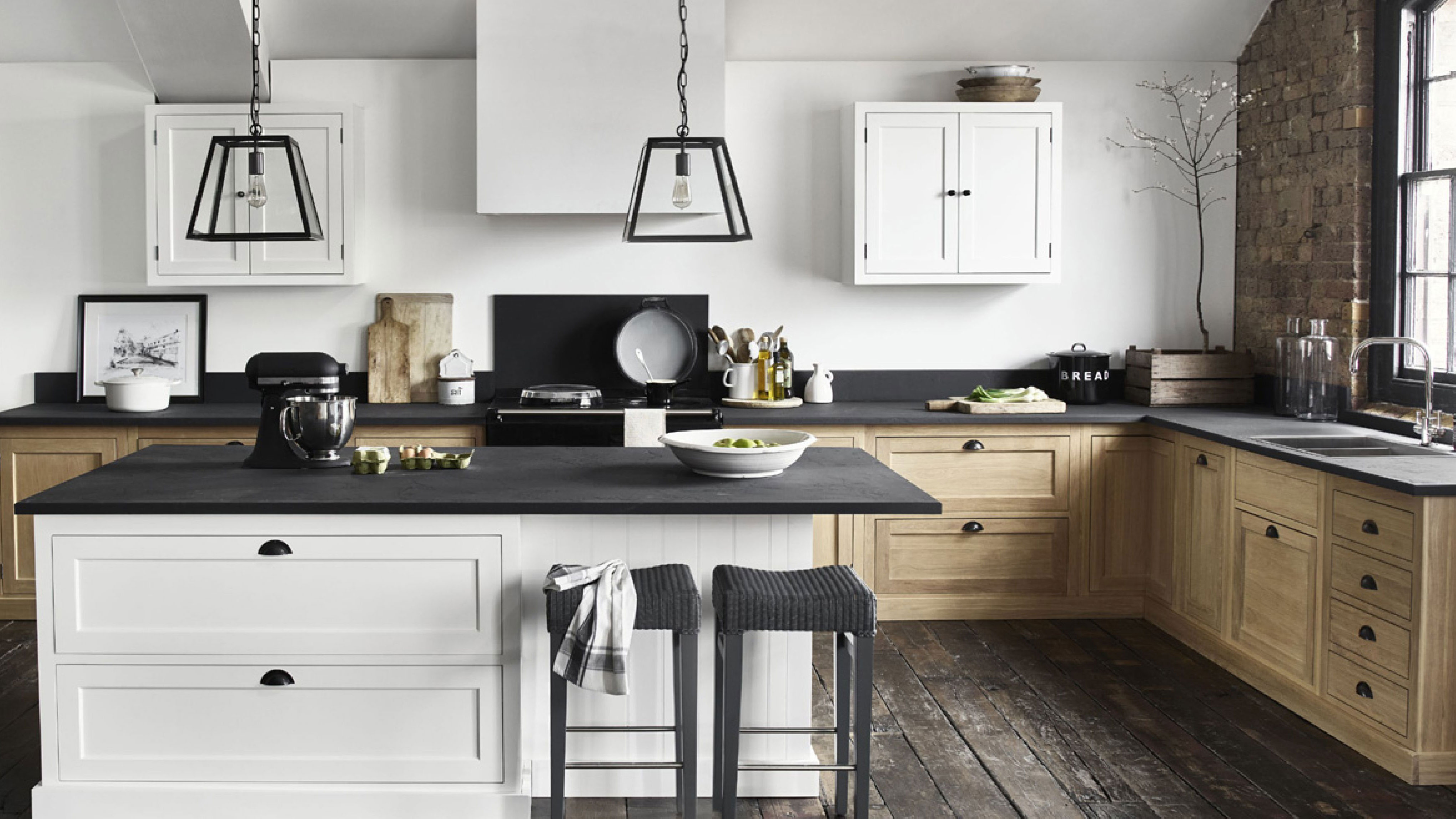 Wood
has been a popular choice for kitchen design for many years. Its natural beauty and warmth add a touch of elegance to any kitchen. There are many types of wood to choose from, such as oak, maple, cherry, and pine. Each type has its own unique characteristics and can be stained or painted to match your desired aesthetic. However,
wood
can be easily scratched or dented, and requires regular maintenance to prevent warping or rotting.
Wood
has been a popular choice for kitchen design for many years. Its natural beauty and warmth add a touch of elegance to any kitchen. There are many types of wood to choose from, such as oak, maple, cherry, and pine. Each type has its own unique characteristics and can be stained or painted to match your desired aesthetic. However,
wood
can be easily scratched or dented, and requires regular maintenance to prevent warping or rotting.
Stone
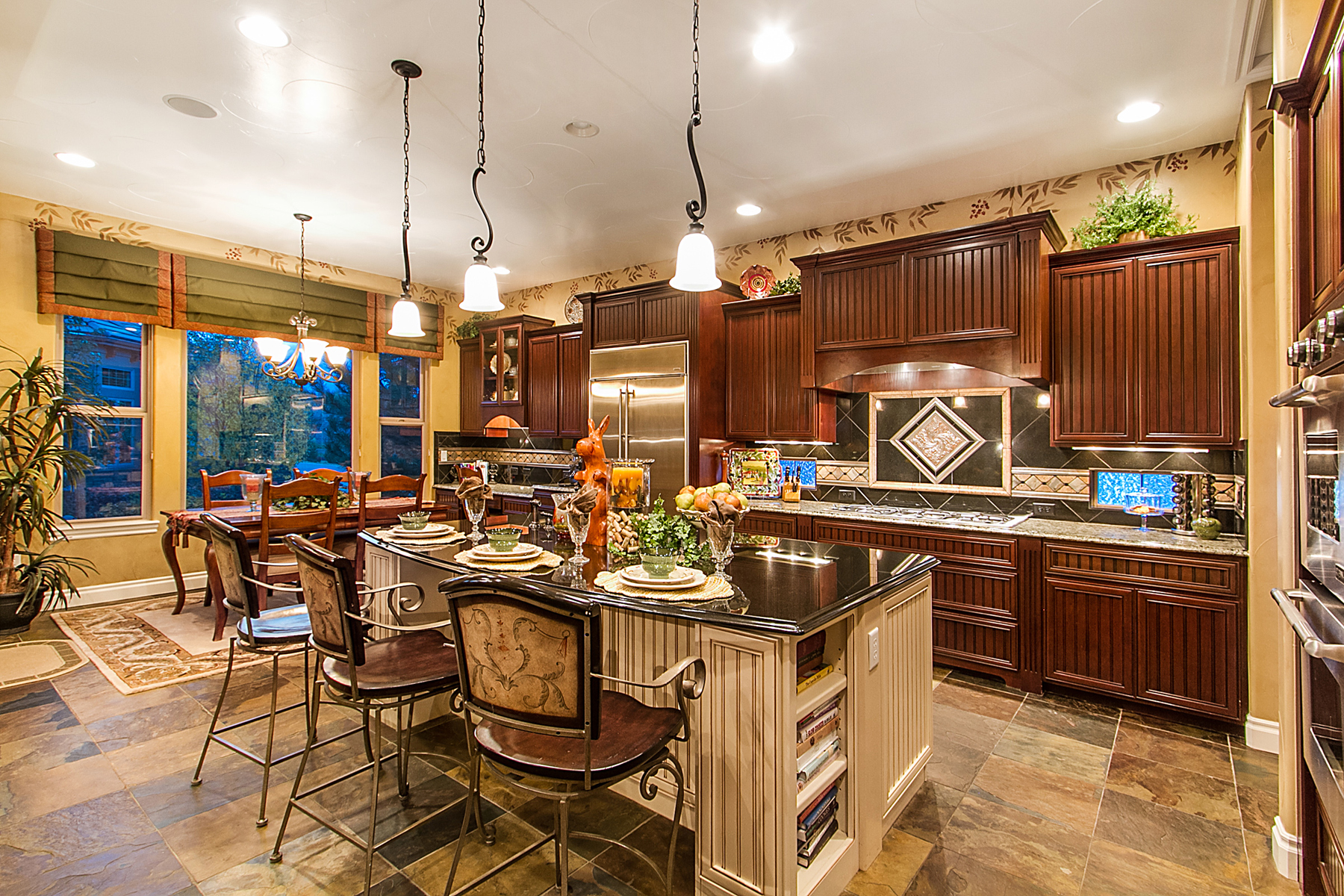 Another popular material for kitchen design is
stone
, such as granite, marble, or quartz. These materials are highly durable and can withstand heat, stains, and scratches. They also add a luxurious and timeless look to any kitchen. However,
stone
can be quite expensive and may require professional installation. It also needs to be sealed regularly to prevent staining.
Another popular material for kitchen design is
stone
, such as granite, marble, or quartz. These materials are highly durable and can withstand heat, stains, and scratches. They also add a luxurious and timeless look to any kitchen. However,
stone
can be quite expensive and may require professional installation. It also needs to be sealed regularly to prevent staining.
Tile
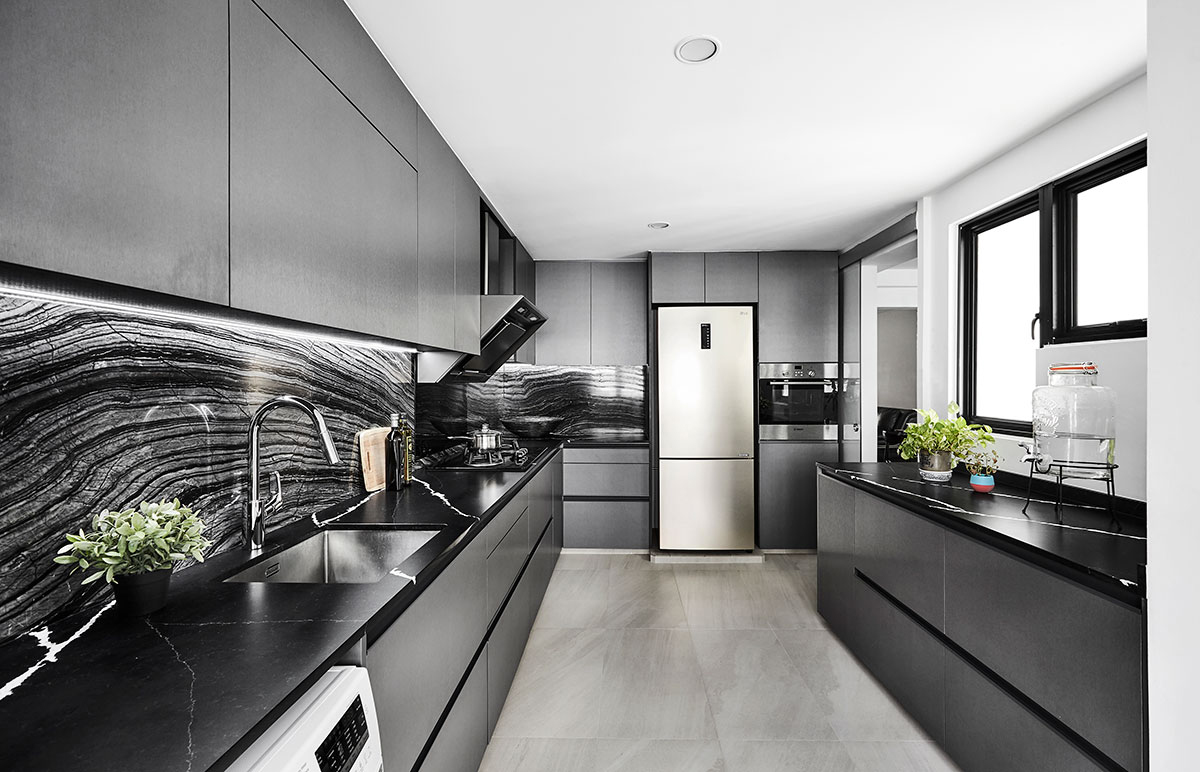 Tile
is a versatile material that comes in a wide range of colors, patterns, and sizes. It is durable, easy to clean, and can withstand heat and moisture.
Tile
is also budget-friendly and can be easily installed as a DIY project. However, it can be slippery when wet and can chip or crack if heavy objects are dropped on it.
Tile
is a versatile material that comes in a wide range of colors, patterns, and sizes. It is durable, easy to clean, and can withstand heat and moisture.
Tile
is also budget-friendly and can be easily installed as a DIY project. However, it can be slippery when wet and can chip or crack if heavy objects are dropped on it.
Stainless Steel
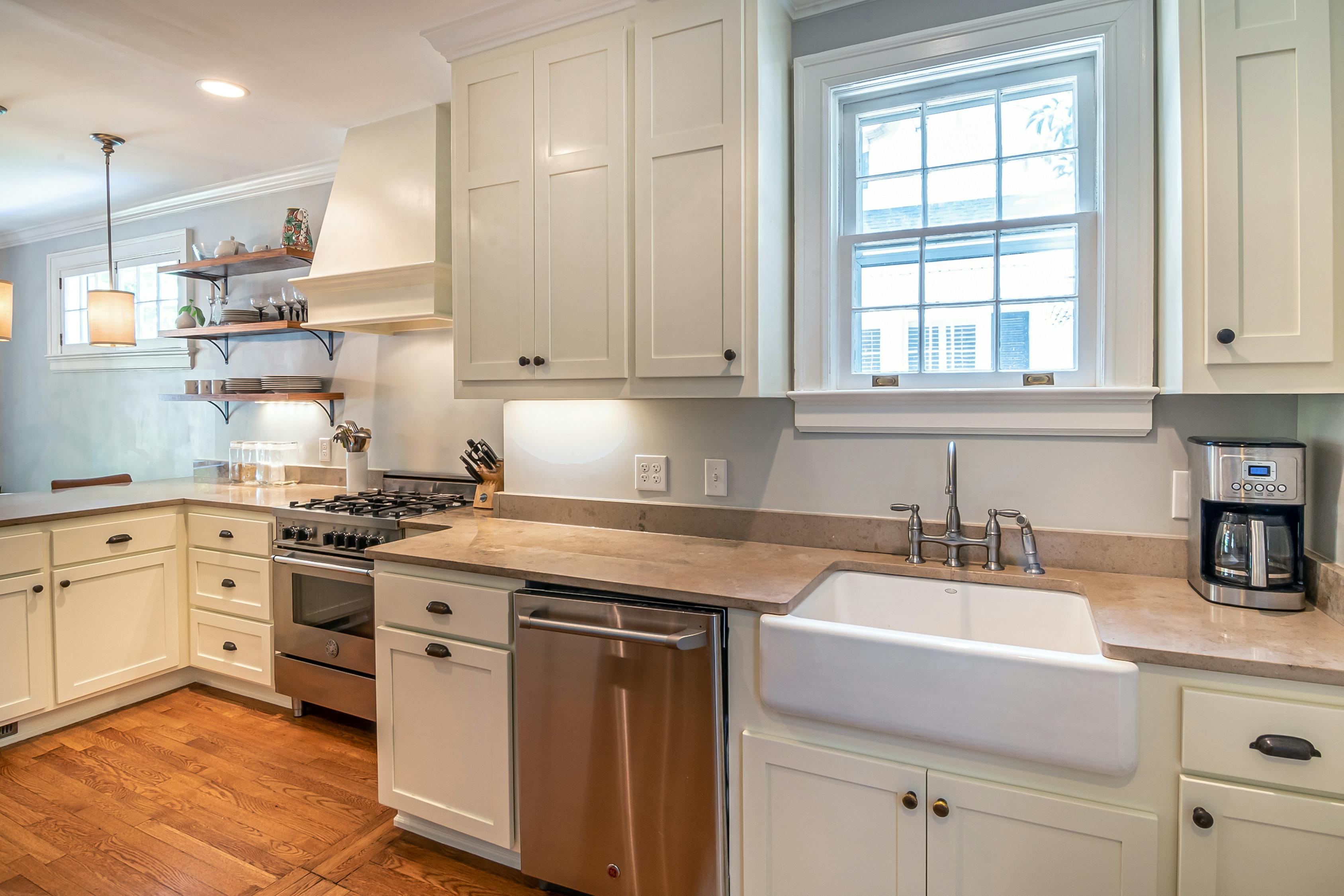 For a sleek and modern look,
stainless steel
is a popular choice for kitchen design. It is highly durable, heat-resistant, and easy to clean. It also adds a professional and industrial feel to the kitchen. However,
stainless steel
can be prone to scratches and fingerprints, and may not be suitable for a more traditional or rustic kitchen design.
In conclusion, the materials you choose for your kitchen interior design can greatly impact its functionality and aesthetic. Consider your budget, maintenance preferences, and desired style when selecting materials for your kitchen. With the right materials, you can create a beautiful and functional kitchen that will stand the test of time.
For a sleek and modern look,
stainless steel
is a popular choice for kitchen design. It is highly durable, heat-resistant, and easy to clean. It also adds a professional and industrial feel to the kitchen. However,
stainless steel
can be prone to scratches and fingerprints, and may not be suitable for a more traditional or rustic kitchen design.
In conclusion, the materials you choose for your kitchen interior design can greatly impact its functionality and aesthetic. Consider your budget, maintenance preferences, and desired style when selecting materials for your kitchen. With the right materials, you can create a beautiful and functional kitchen that will stand the test of time.






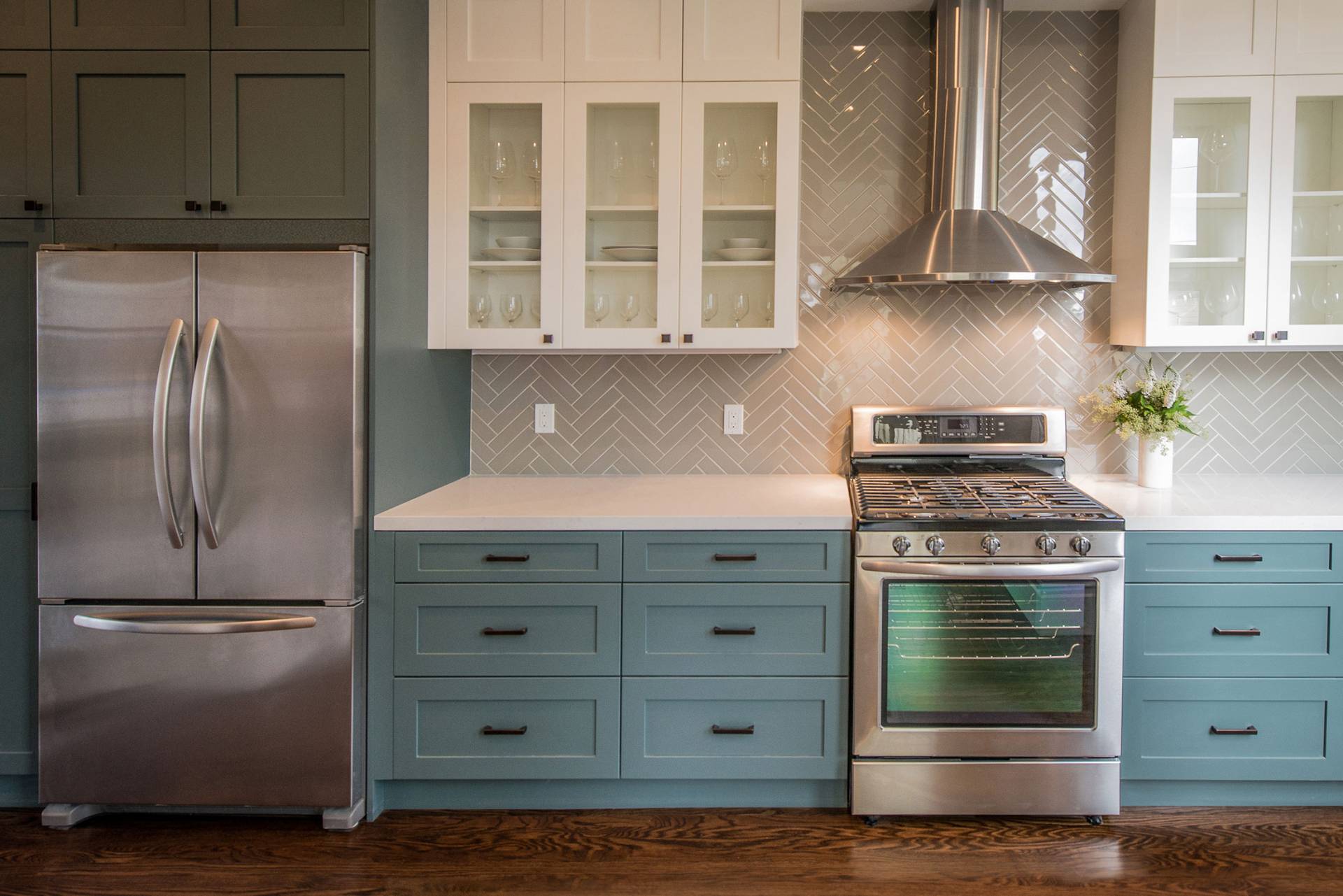

/KitchenCabinets-5a760414a9d4f90036ac0d8a.jpg)
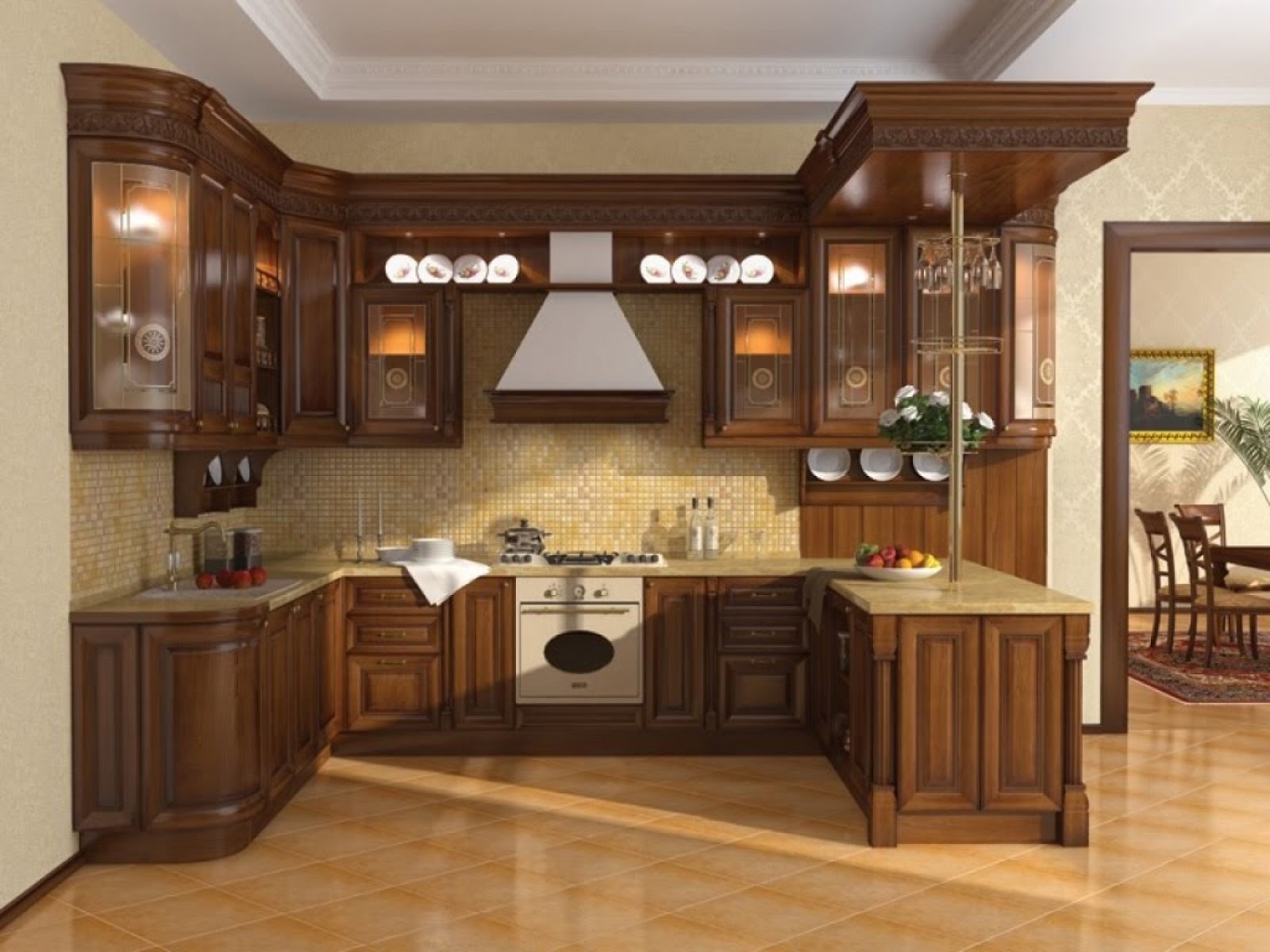
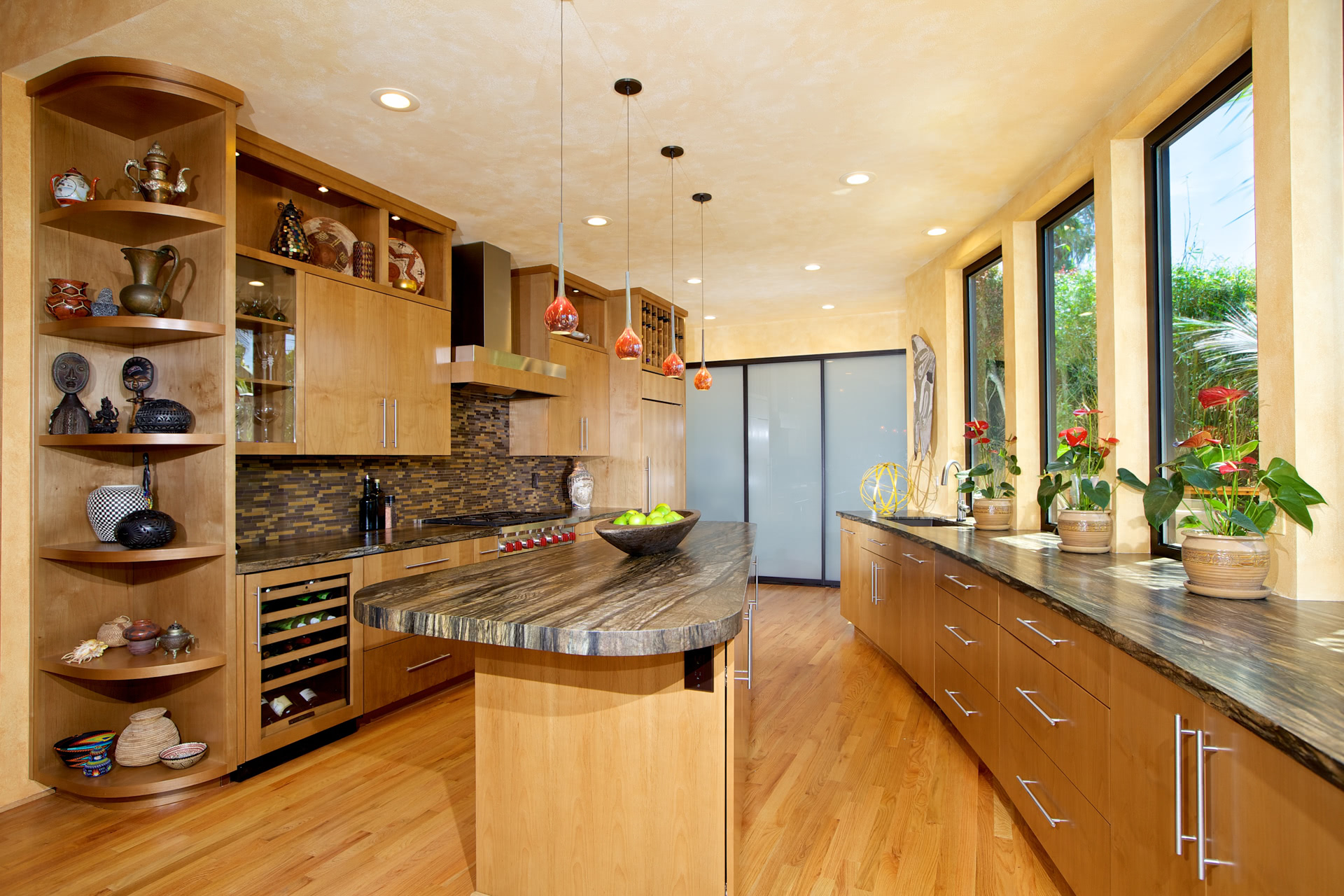
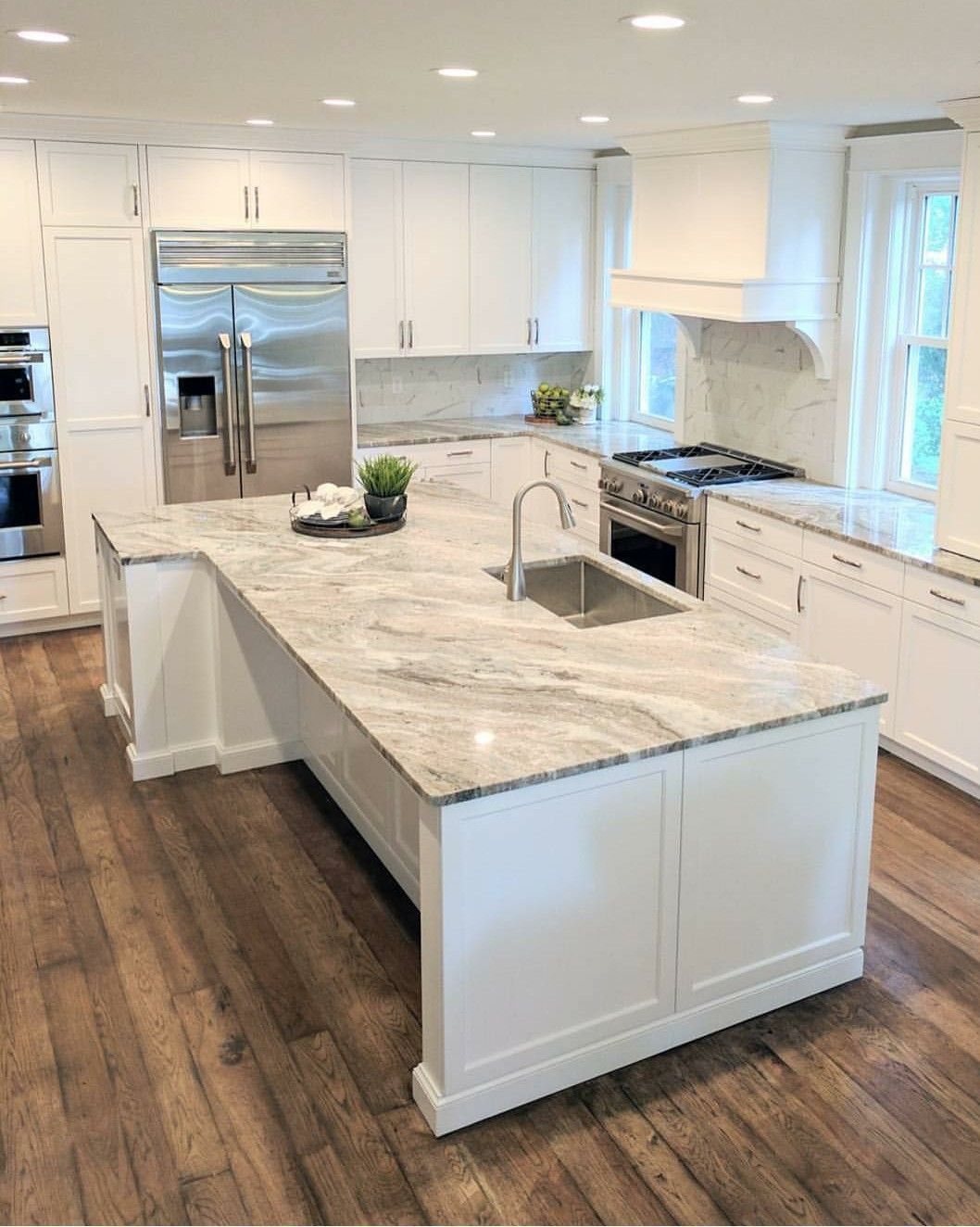



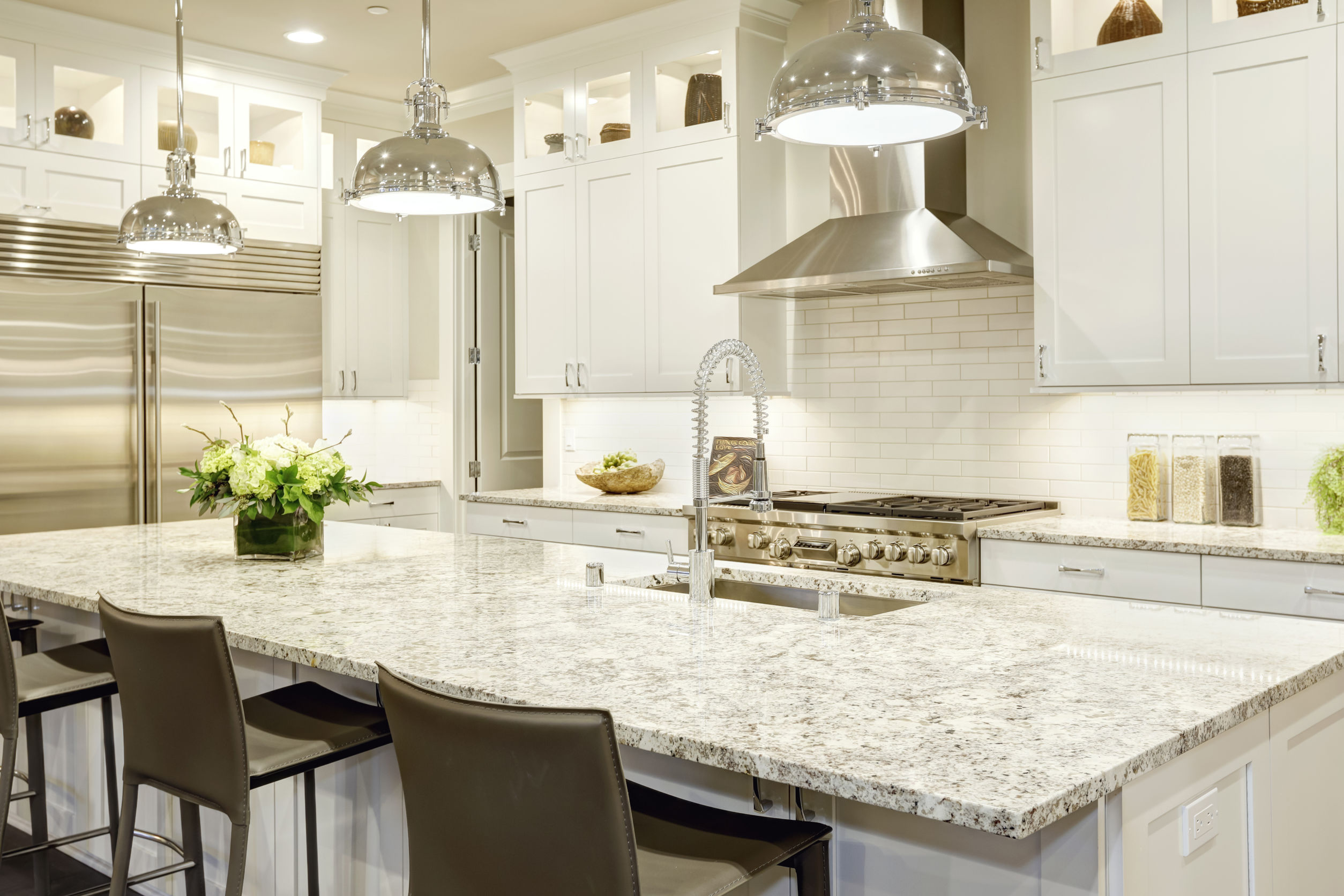
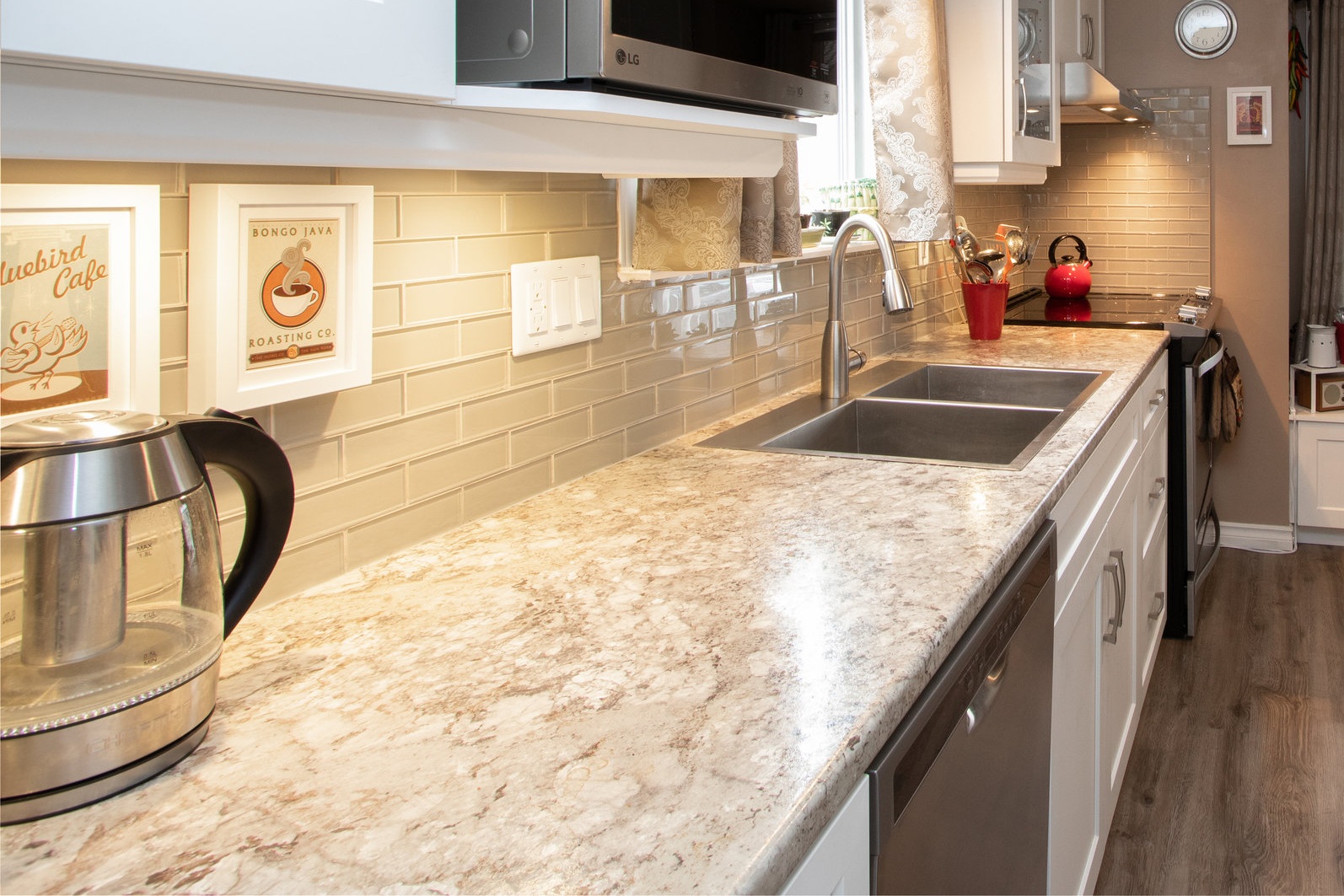

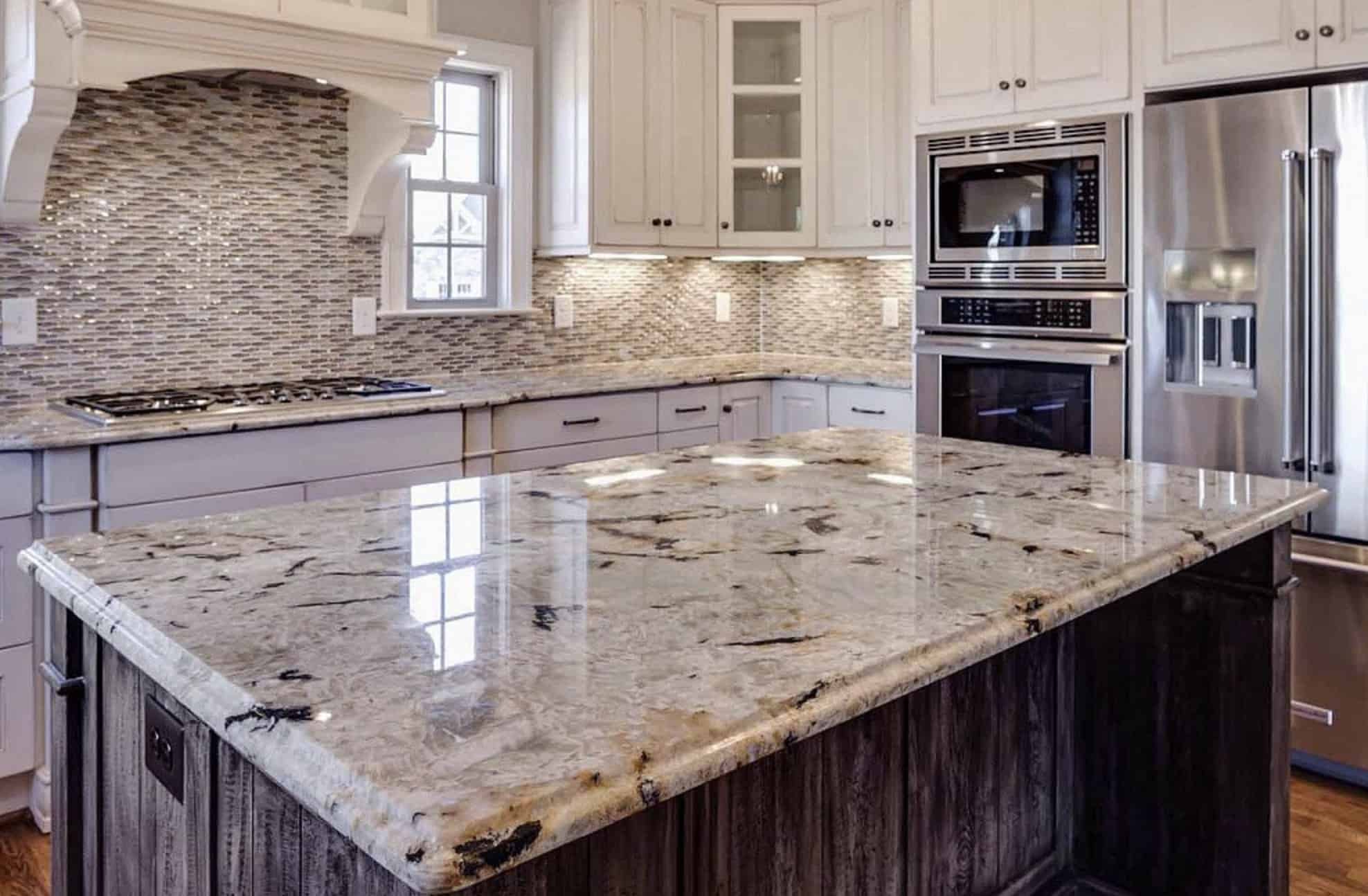

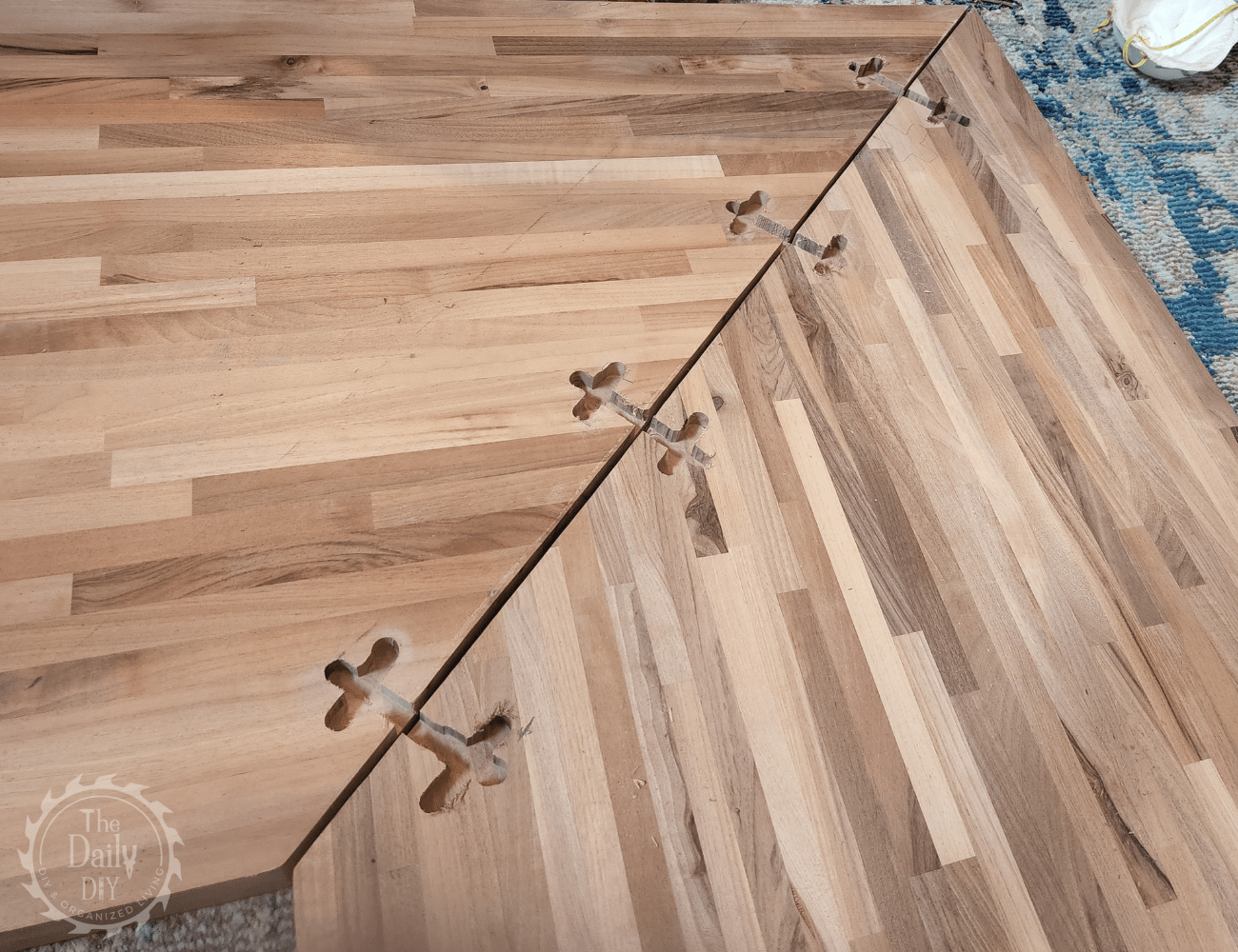





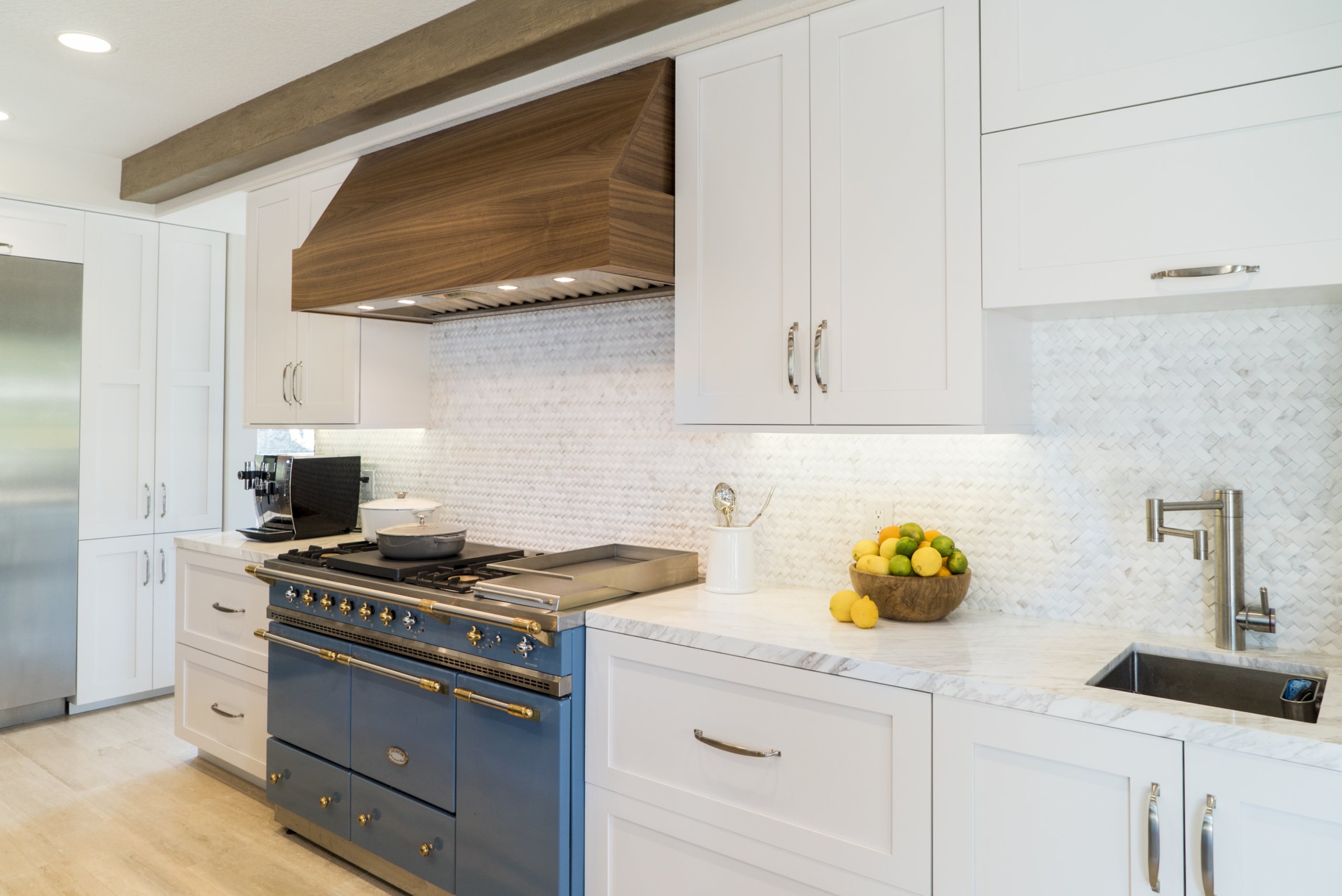






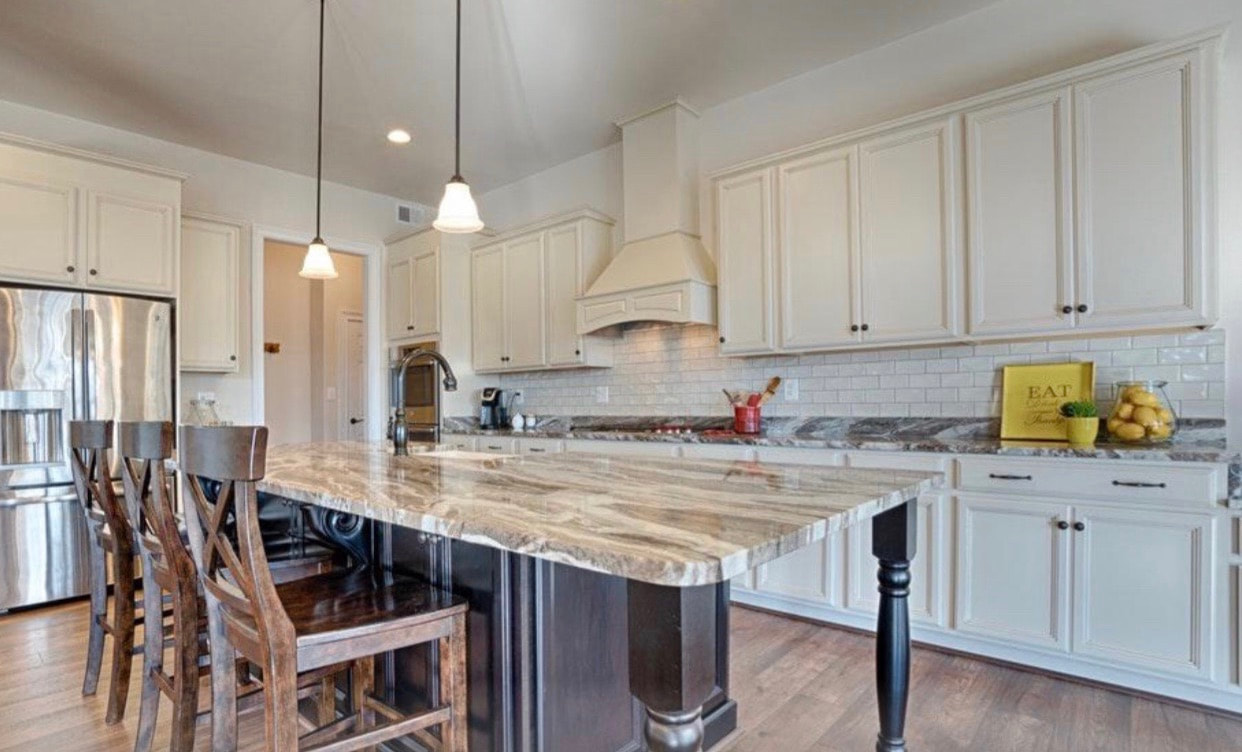




/installing-hardwood-floor-170040982-582b748c5f9b58d5b17d0c58.jpg)
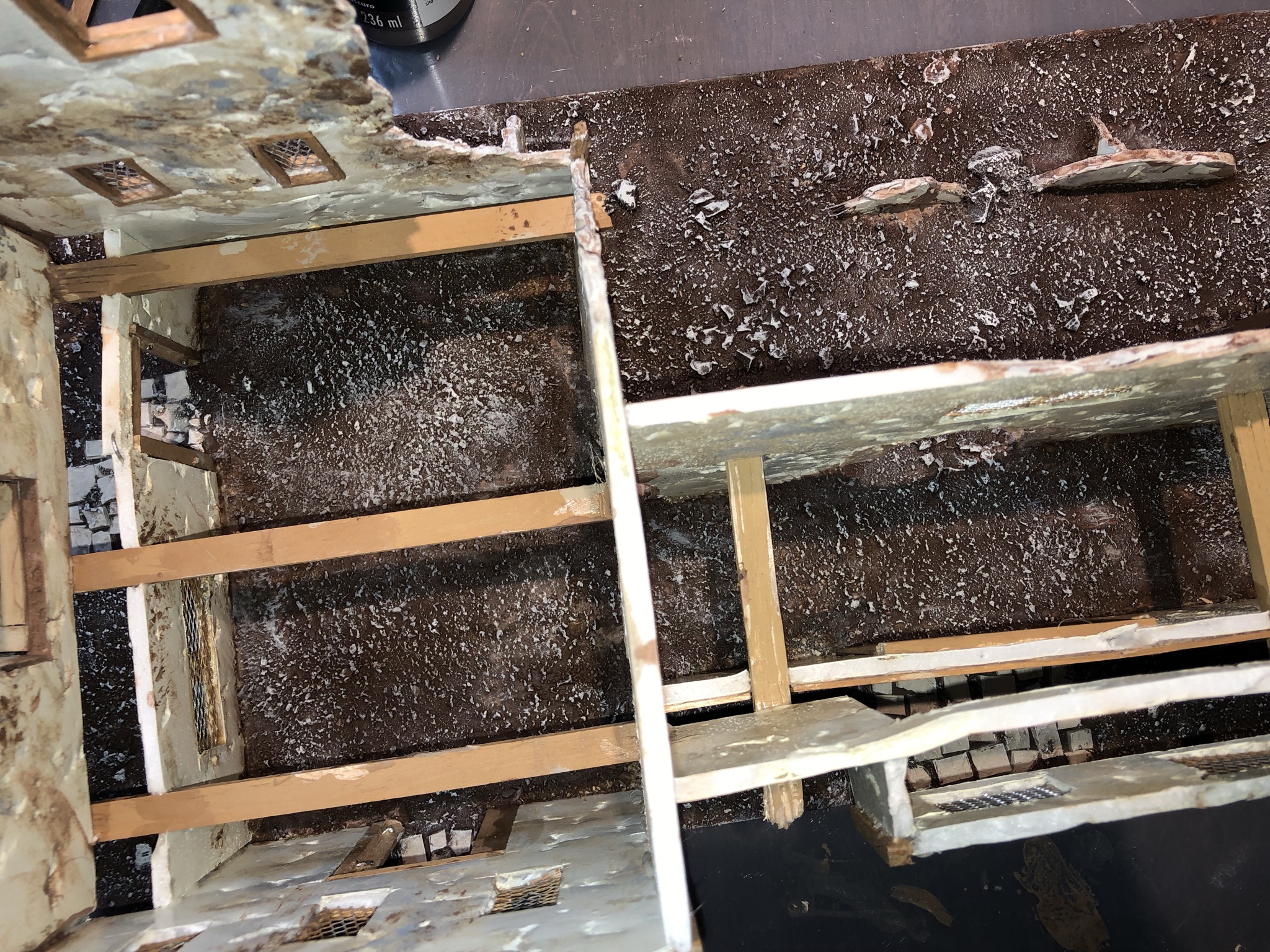
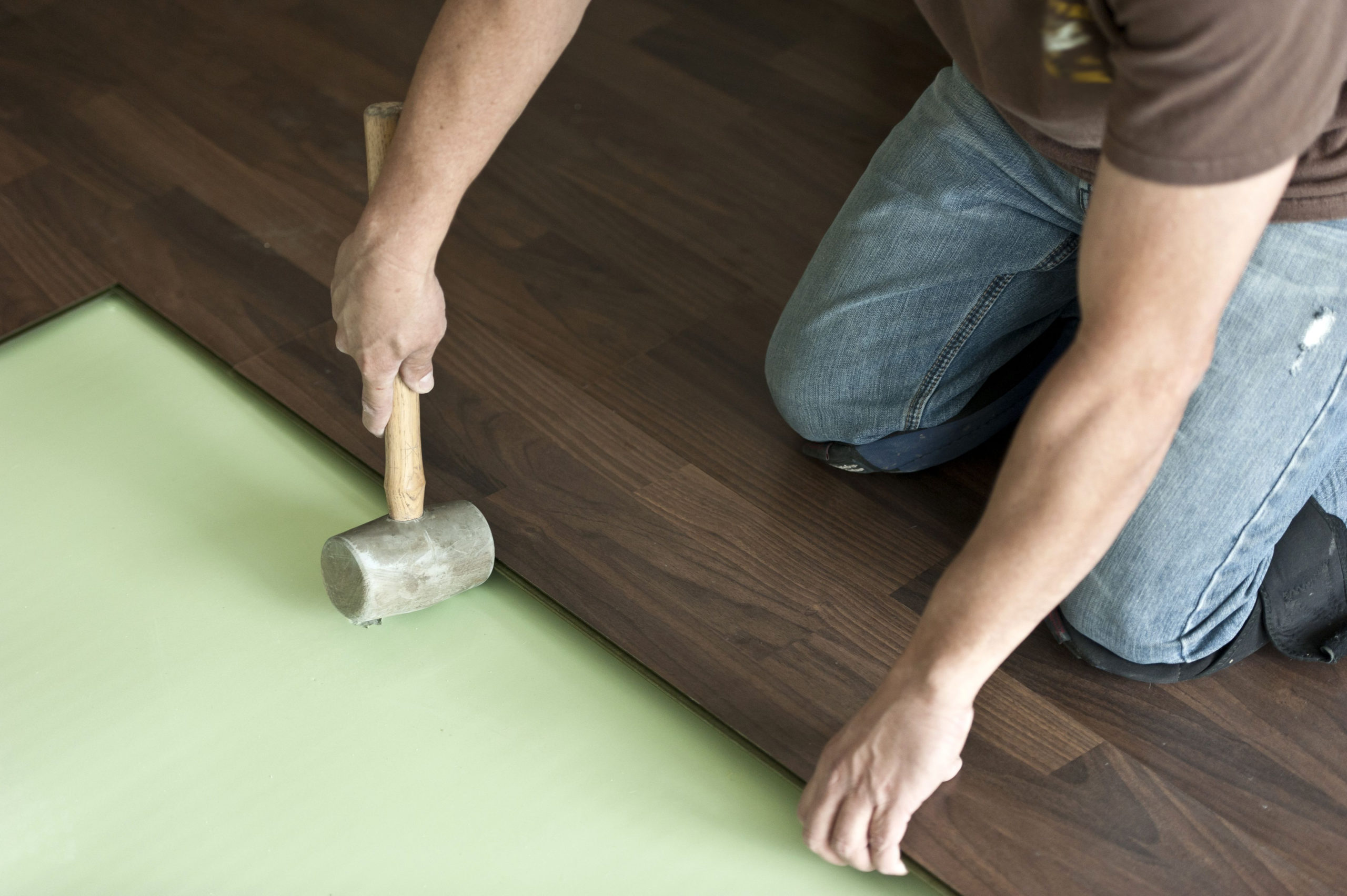
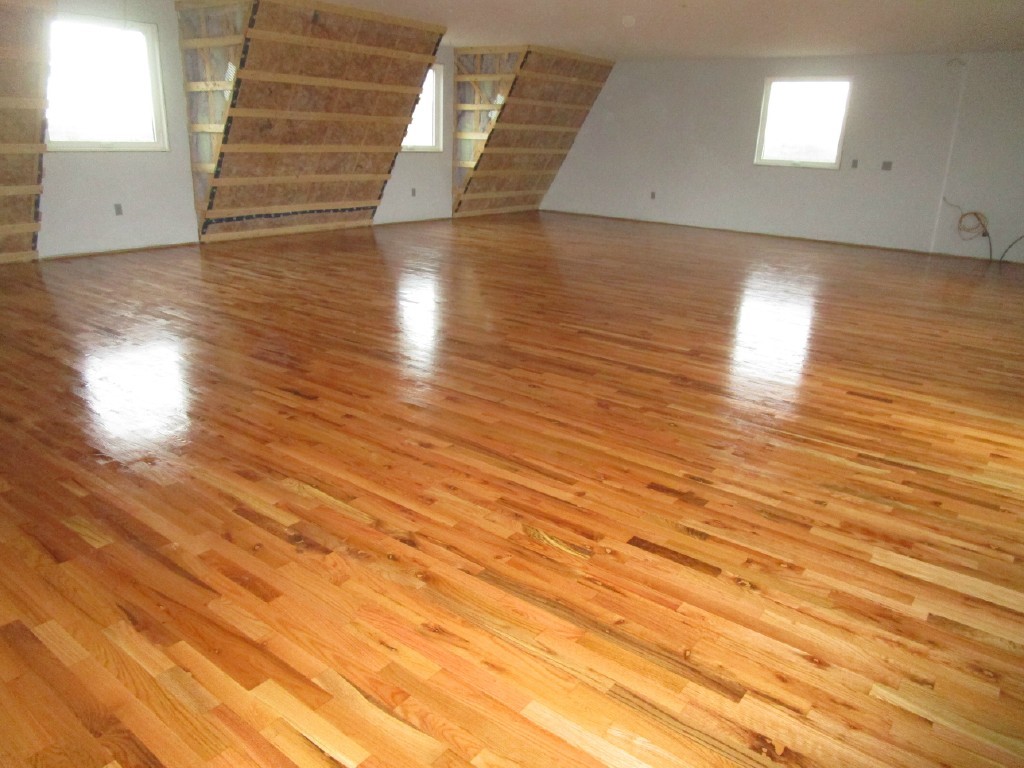



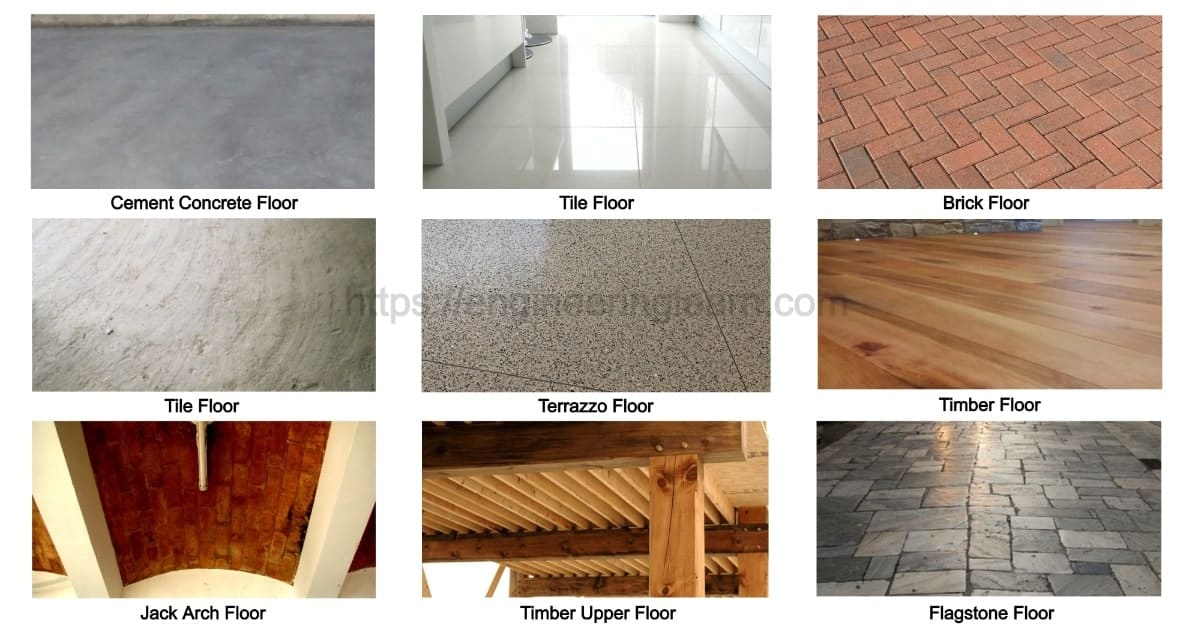







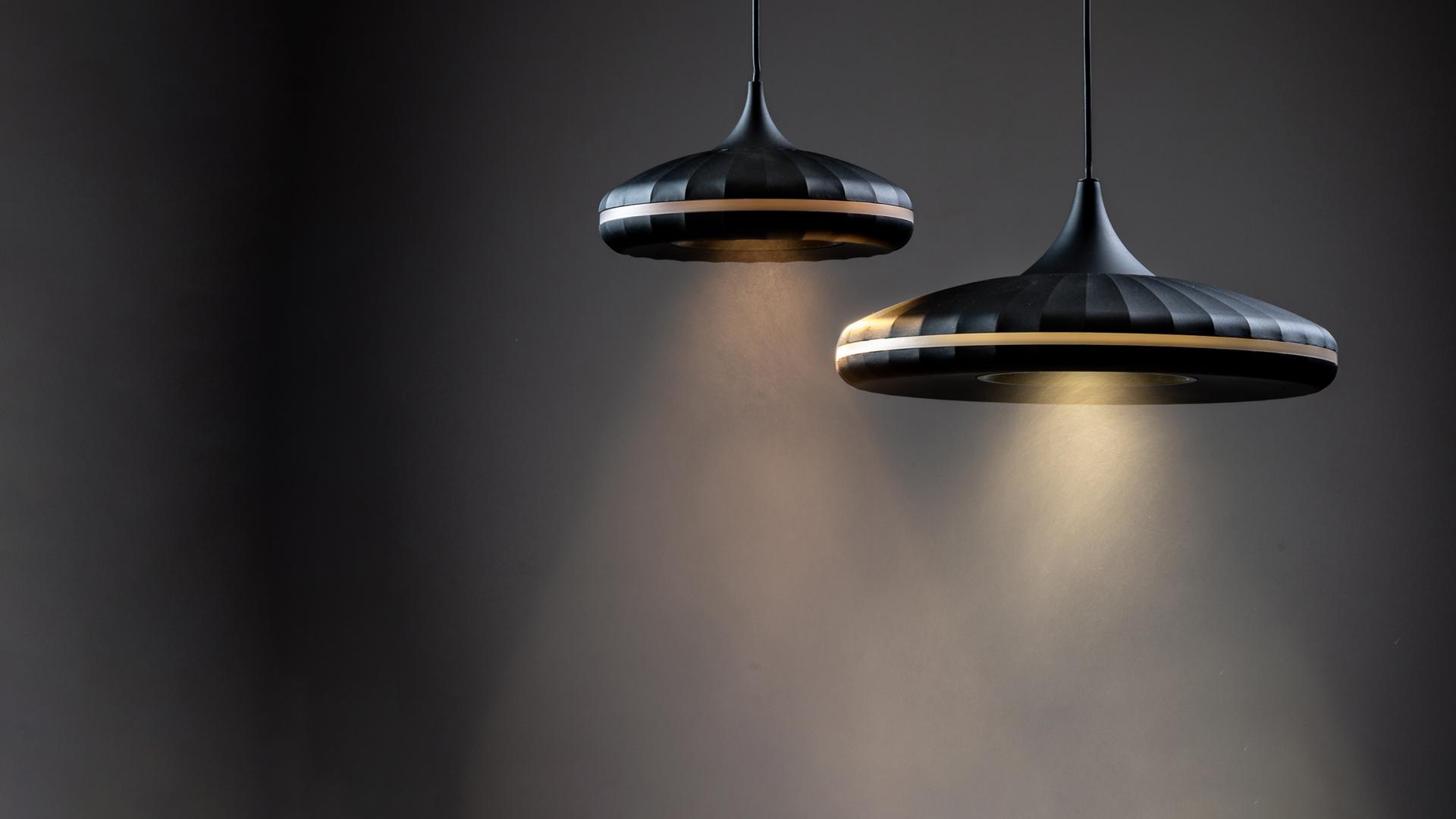

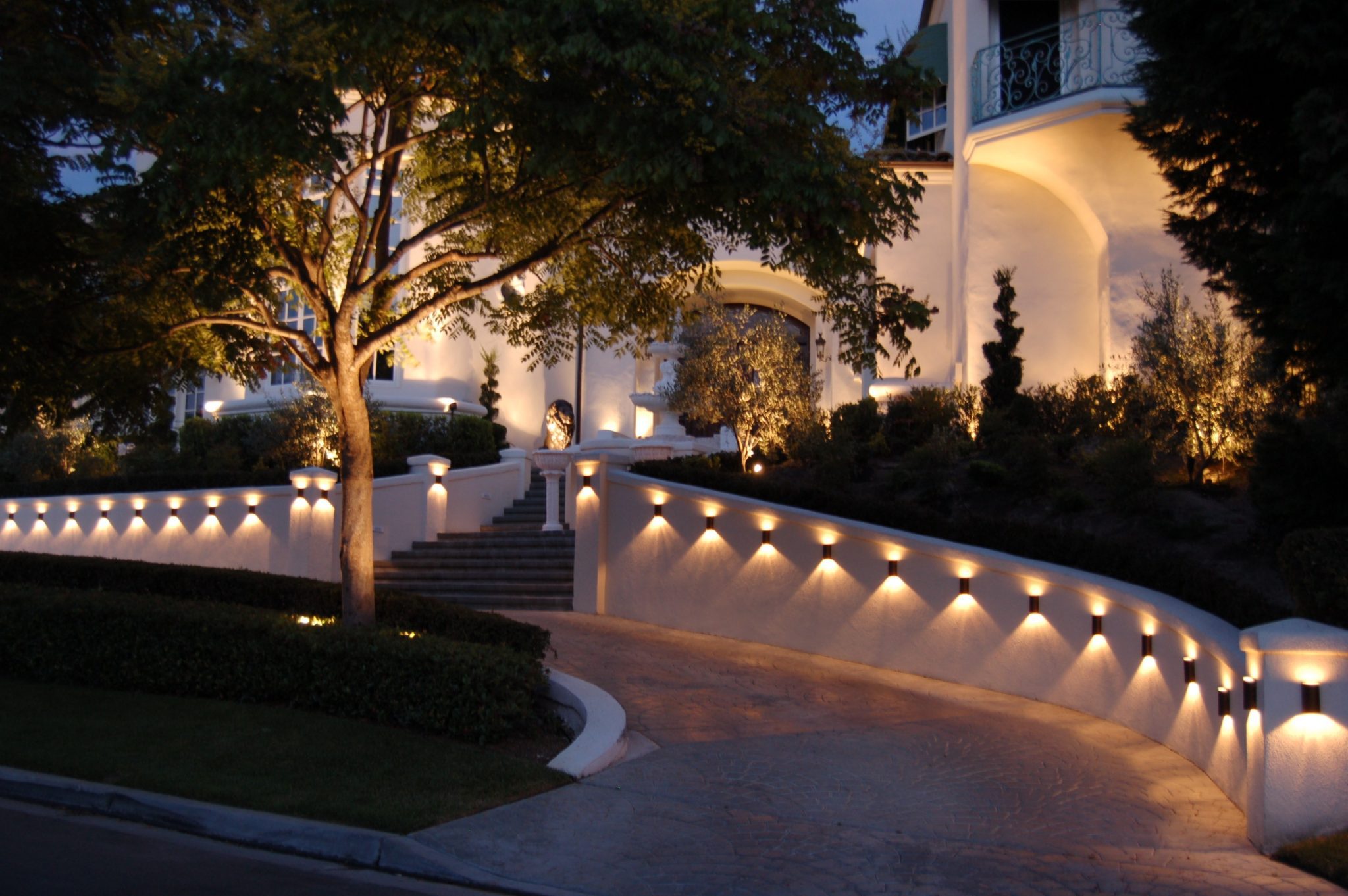



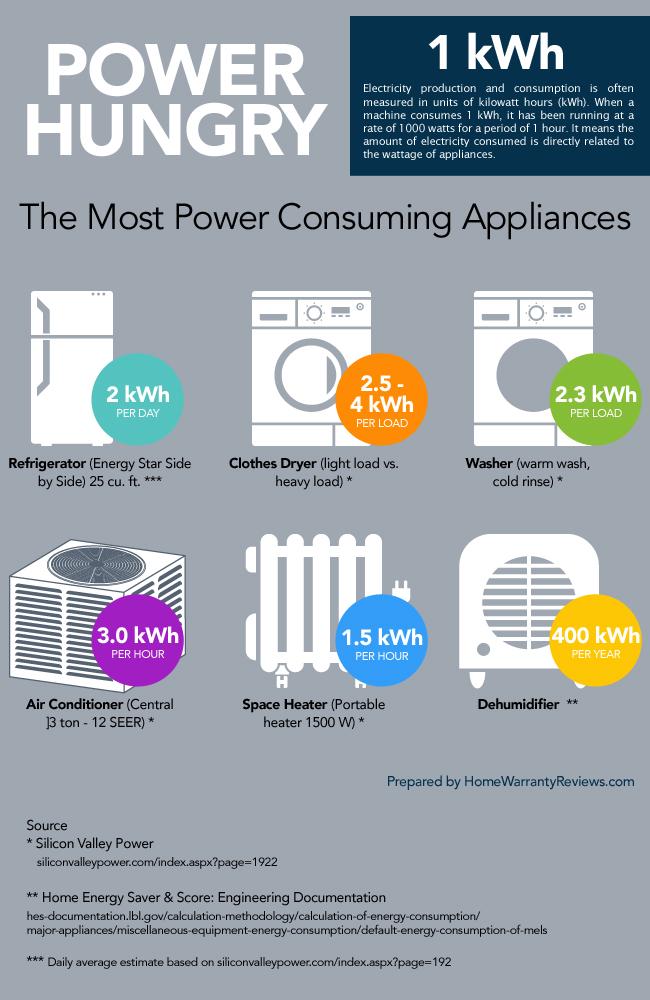

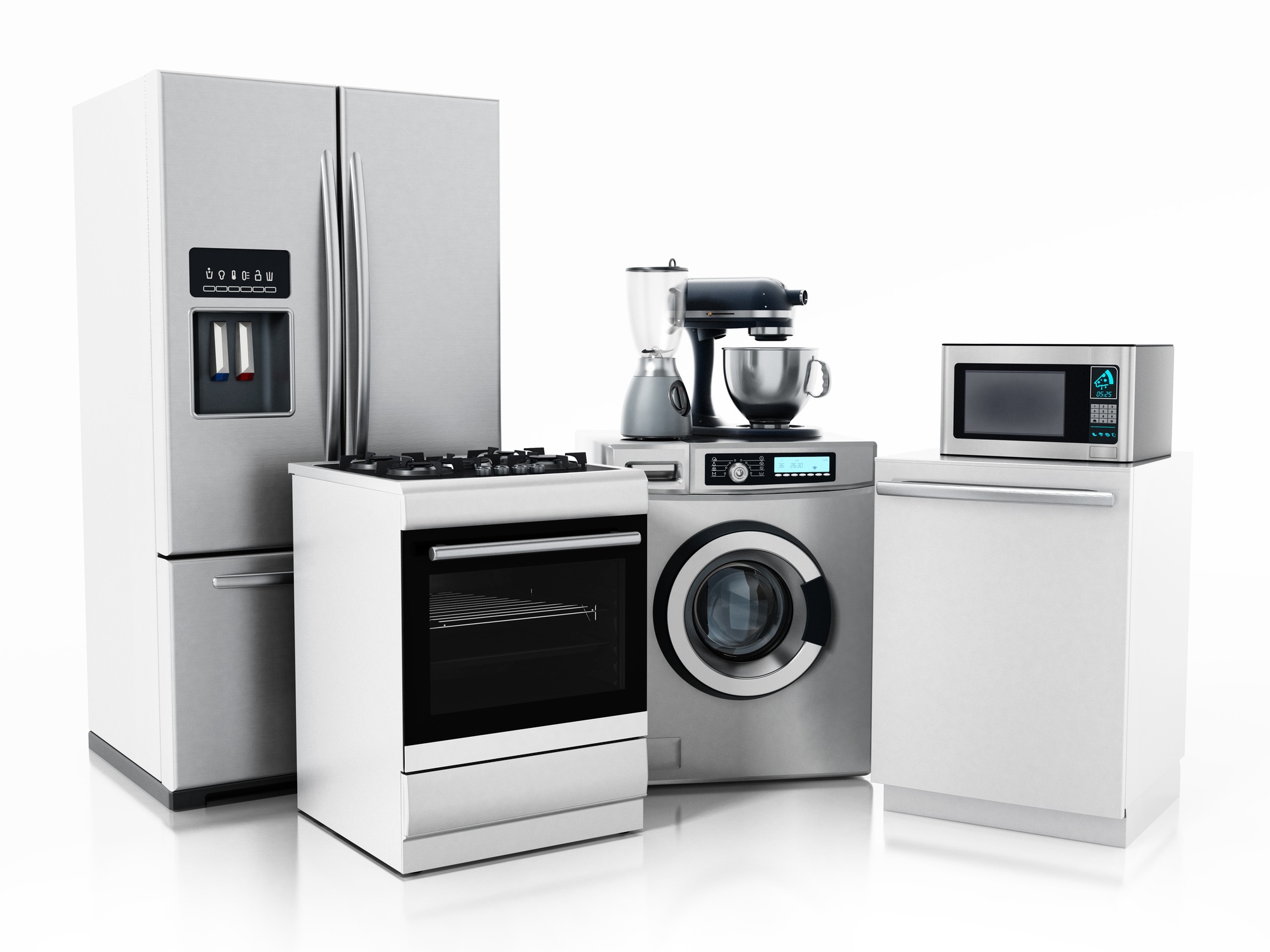

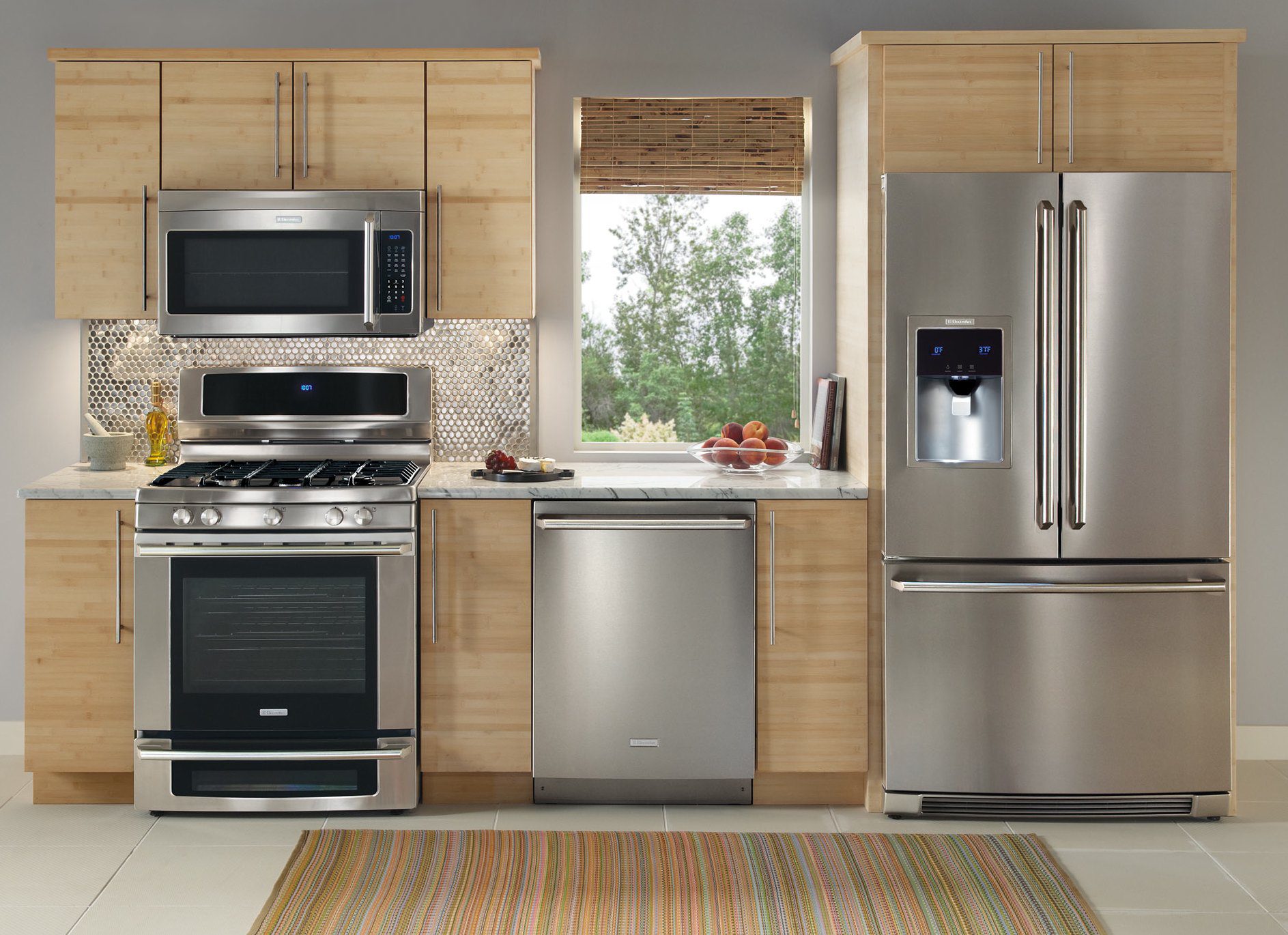

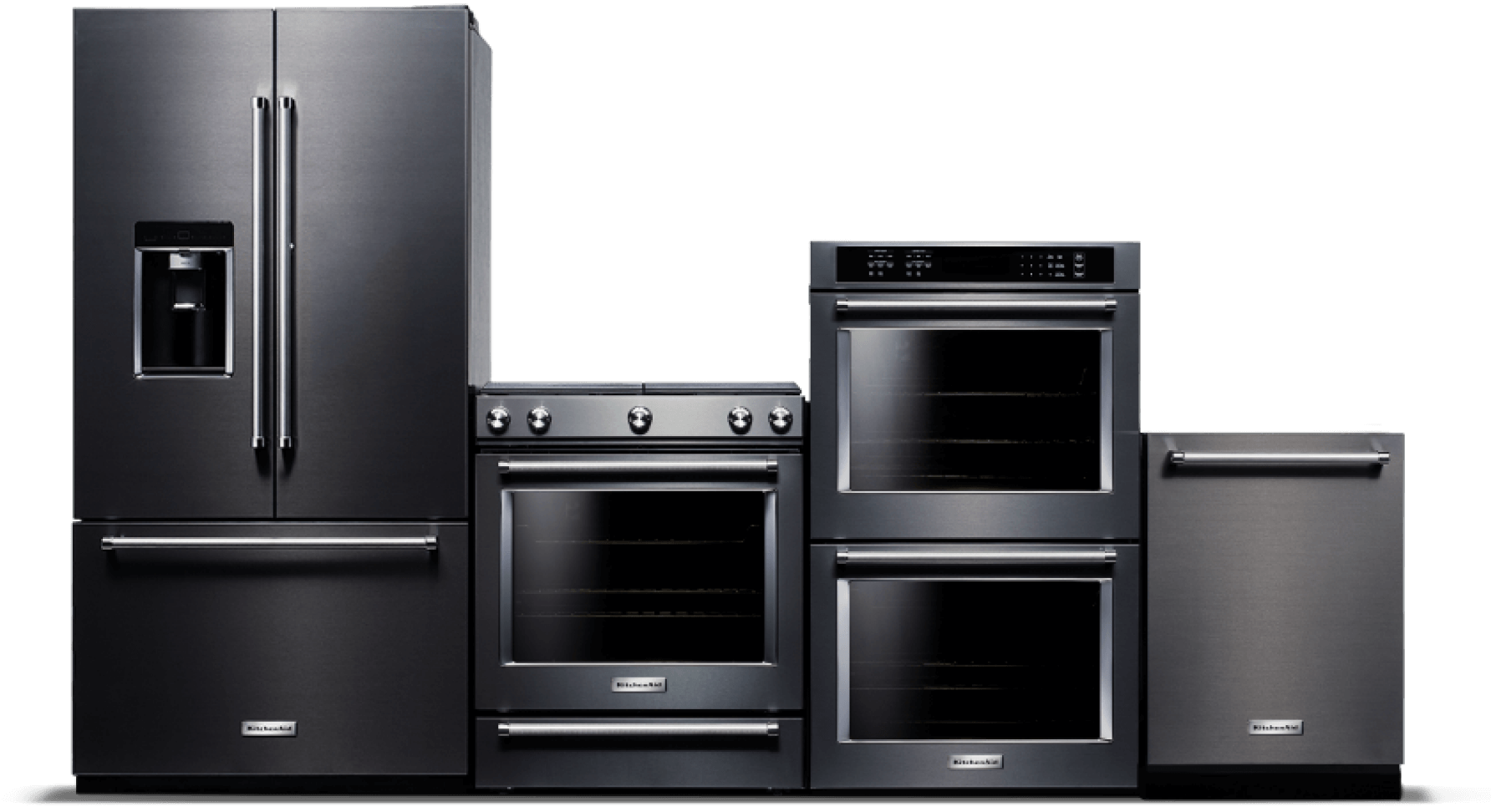
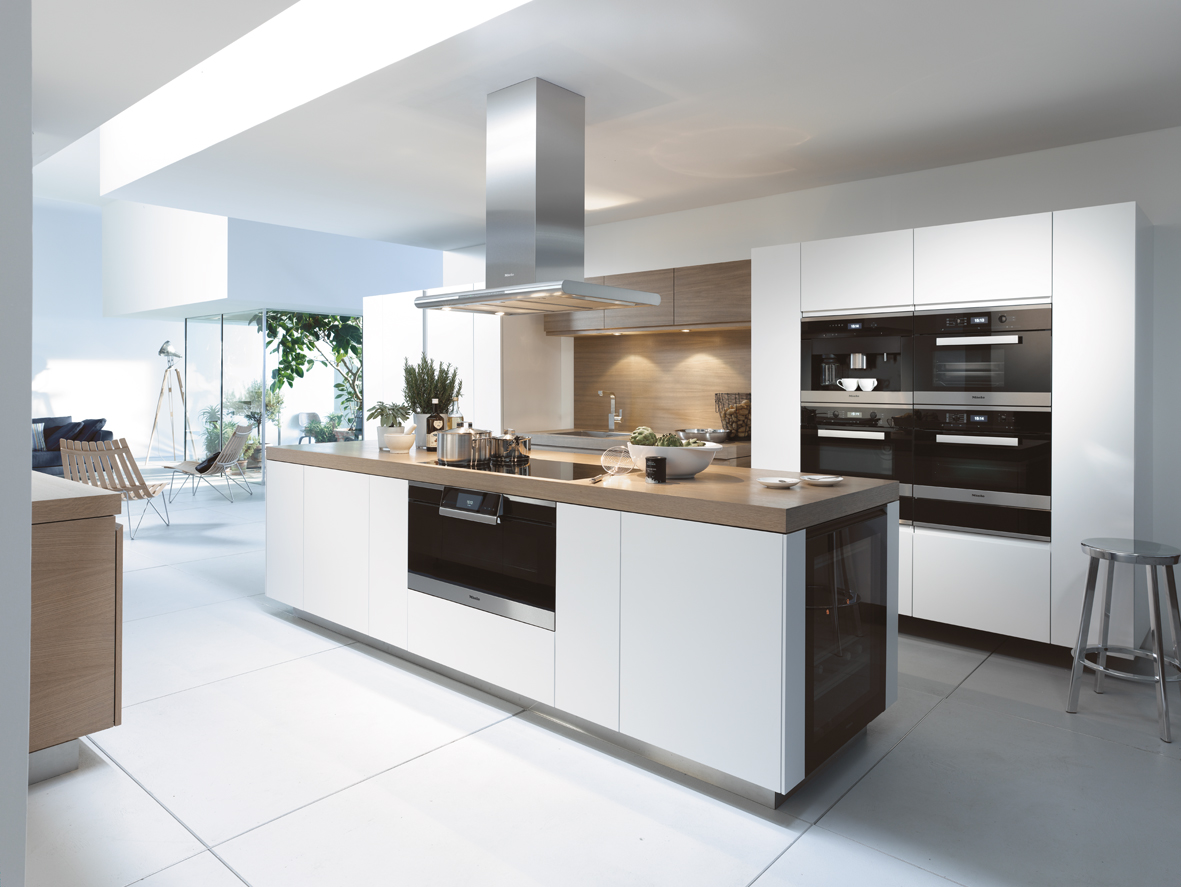
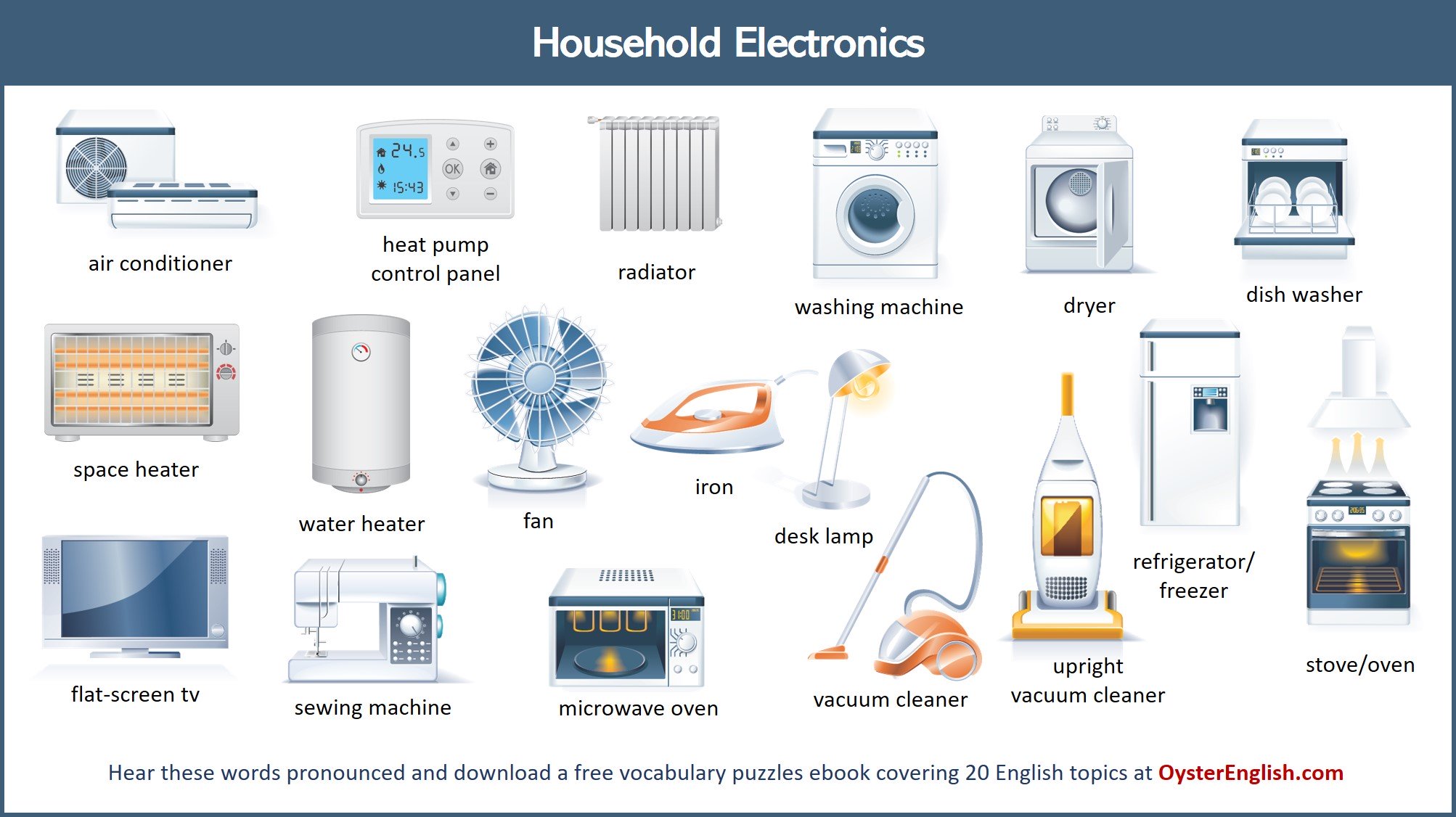
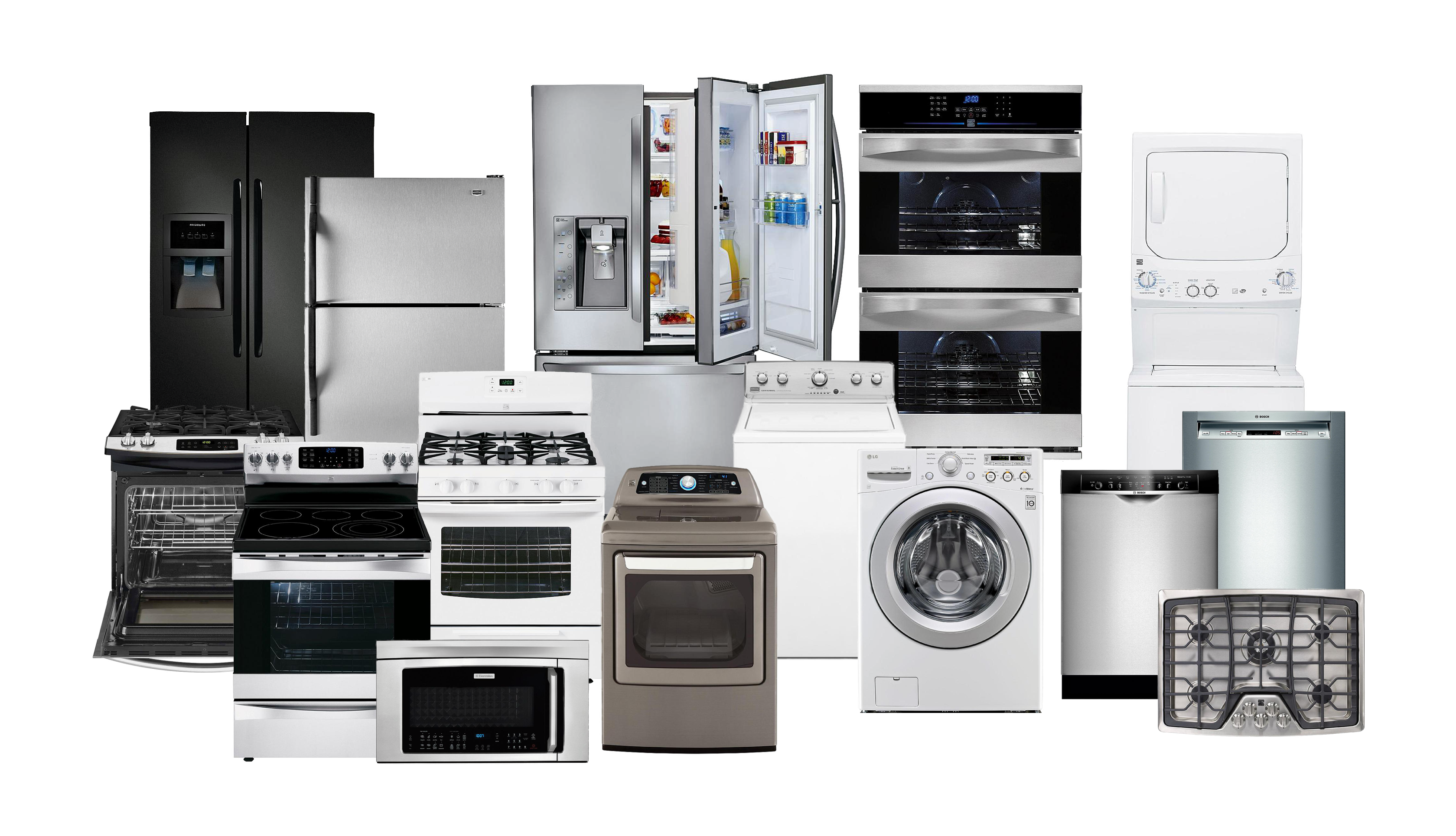




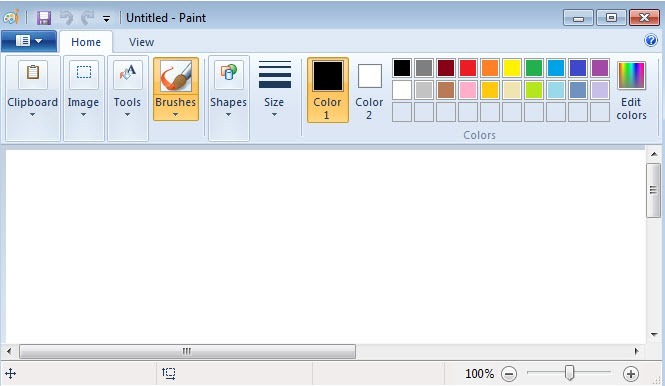

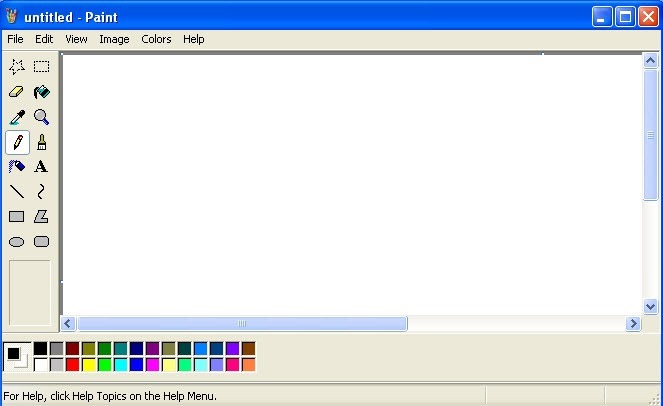
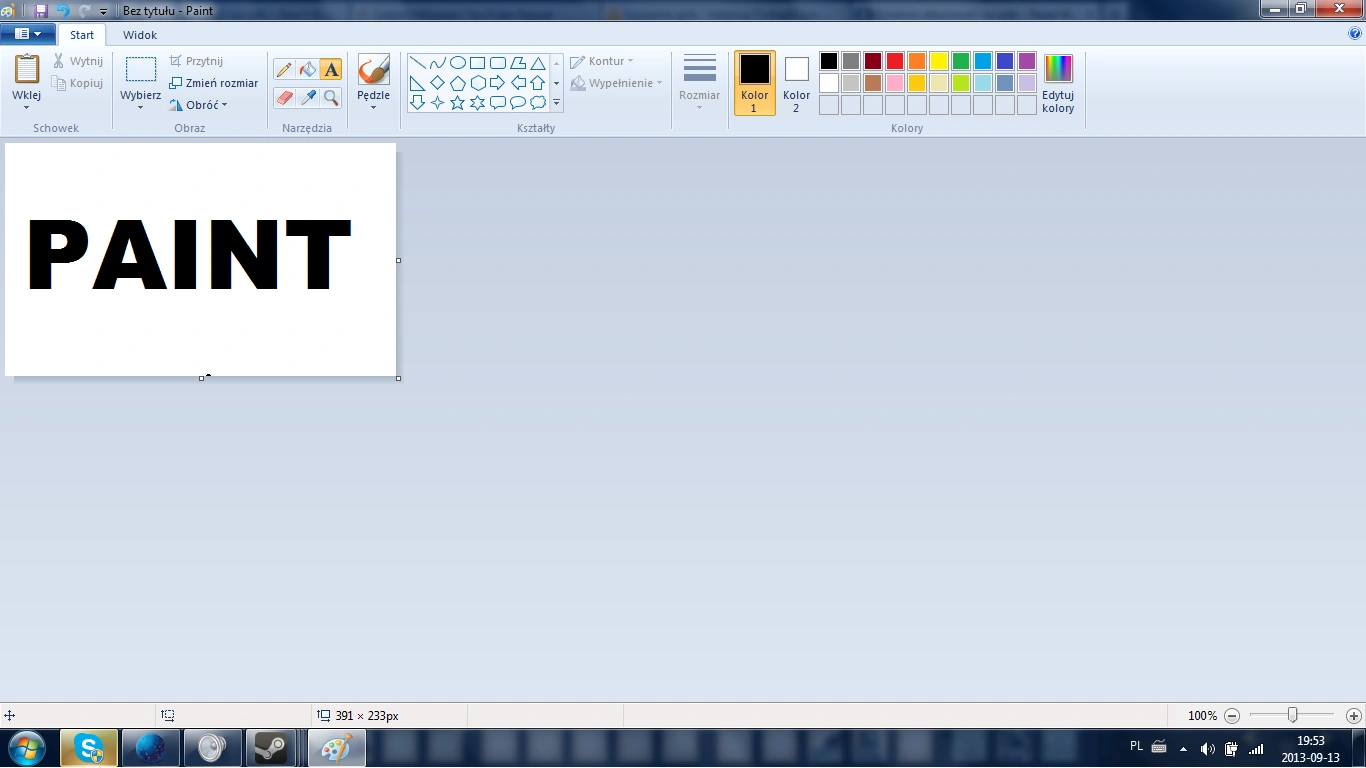


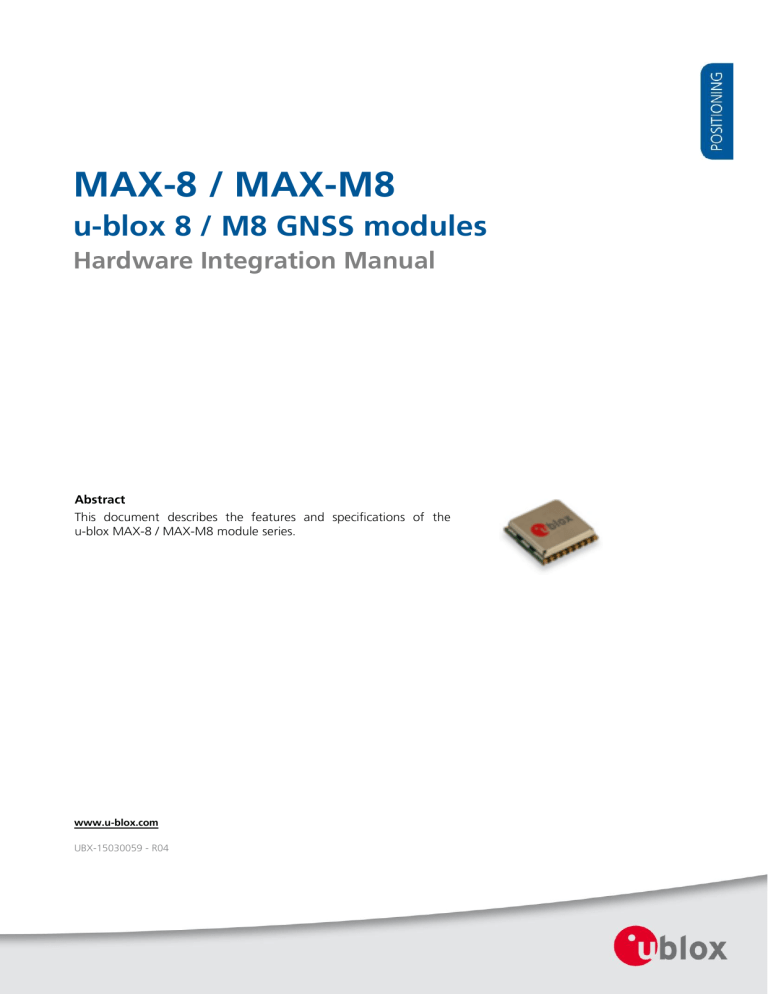
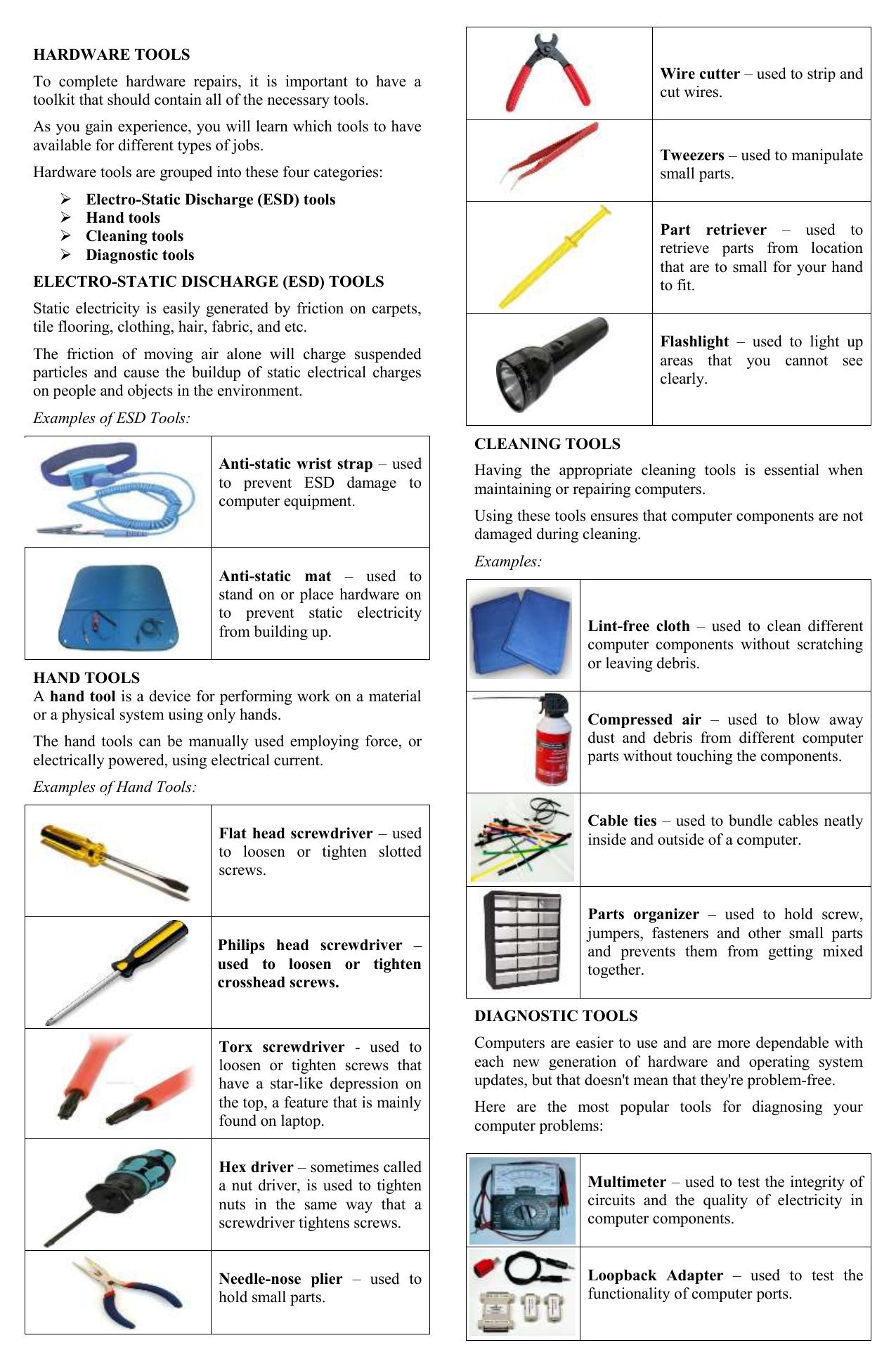

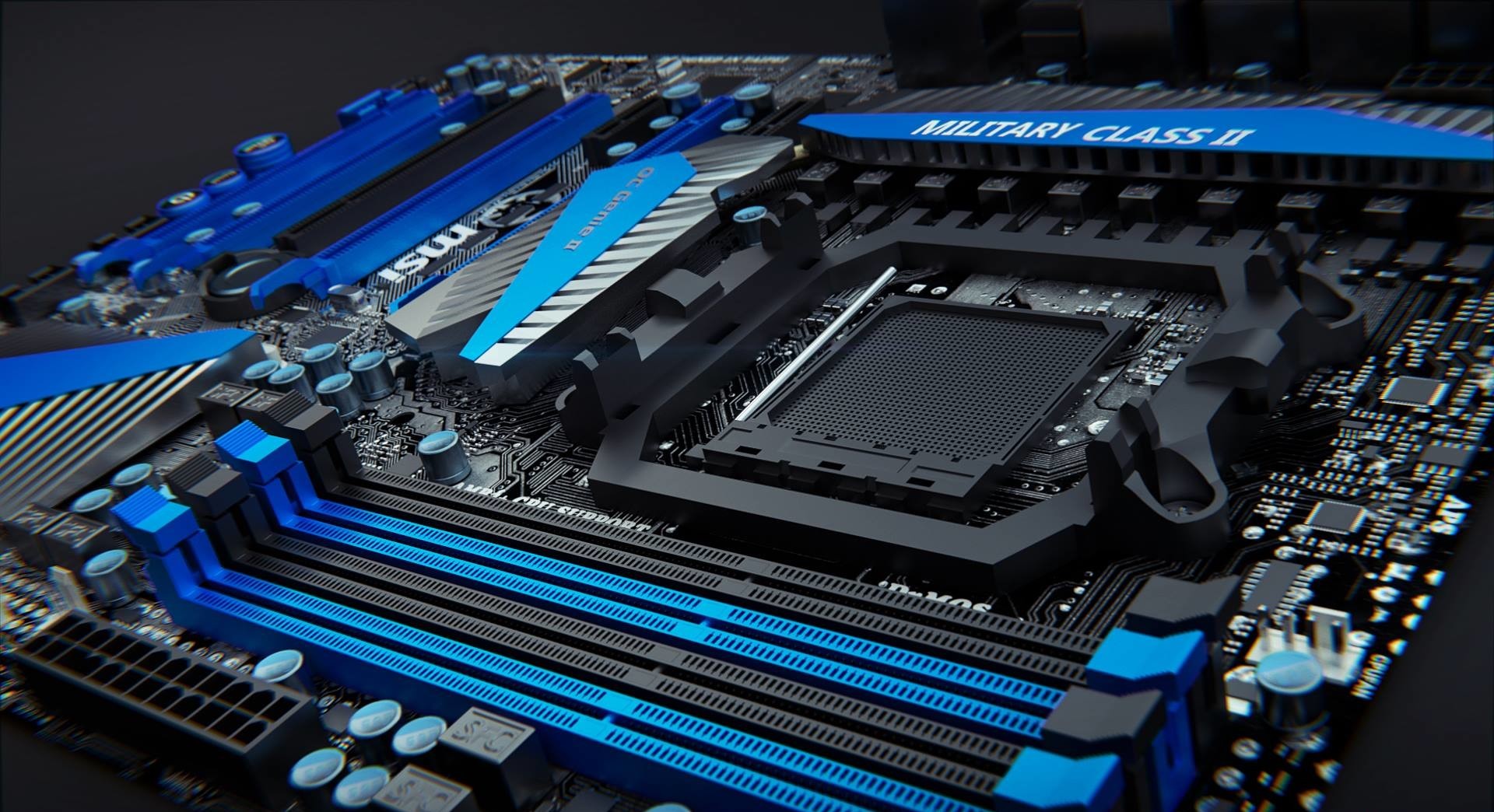

/computer-hardware-2625895-322917d648864dc4974d9befc74b6c6a.png)


